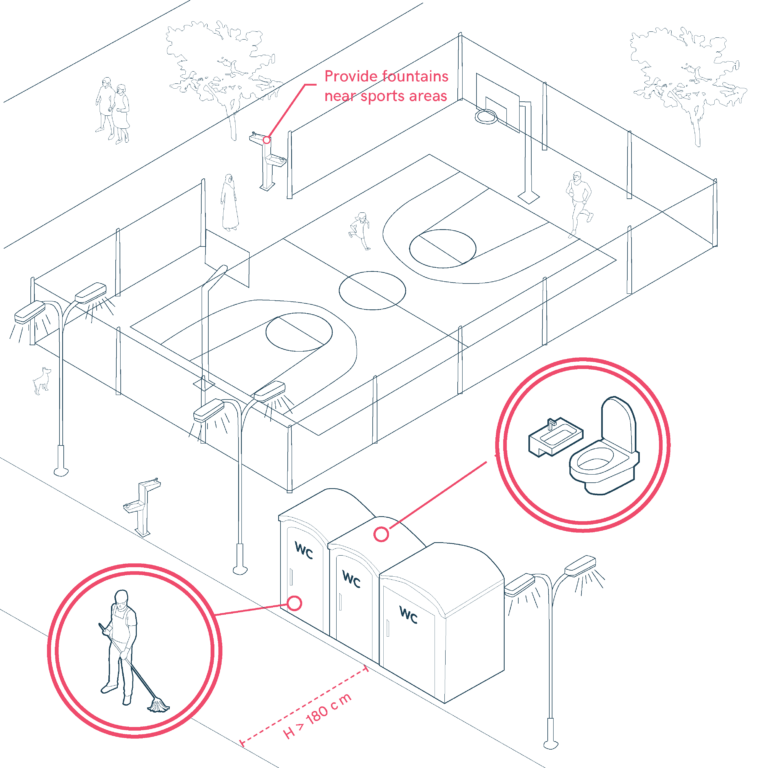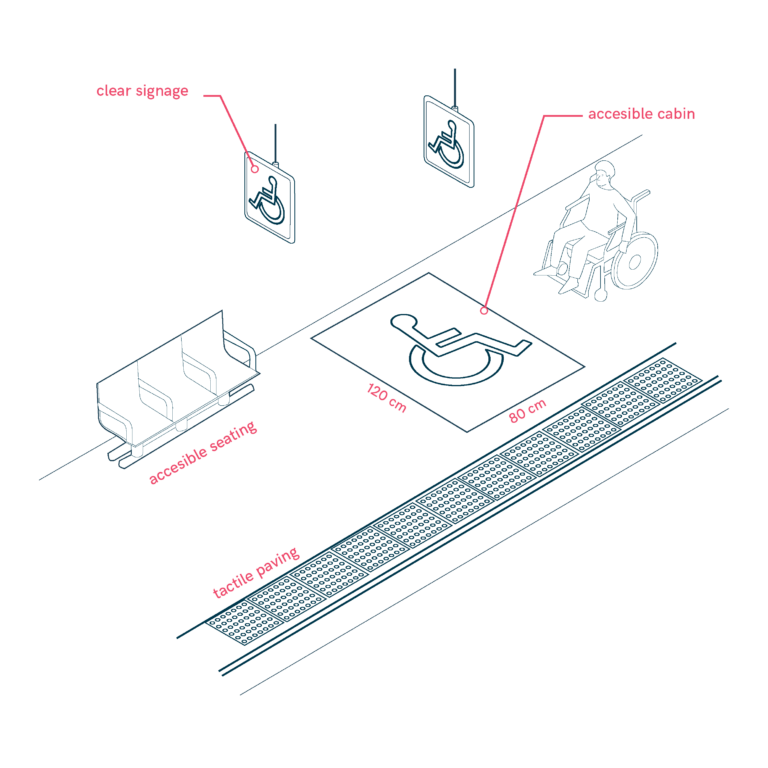
Decolonial perspective
Spectrum of abilities
People with a decolonial background may possess skills and knowledge that have been less recognized in certain environments, such as alternative forms of social organization, ancestral knowledge, multilingualism, and resilience in the face of adverse contexts. However, they may face challenges stemming from the lack of recognition of their knowledge in educational, labor, and digital environments. Additionally, language barriers and the potential for structural discrimination can affect their full participation in society.
Beyond these challenges, infrastructural and spatial exclusion such as unequal access to safe public spaces, gentrification, and displacement) can further limit opportunities. Economic barriers, including the high cost of living, education, and digital access, also play a significant role in restricting their ability to thrive. Addressing these interconnected issues is essential to fostering true inclusion and equity.
Accesibility and inclusion actions
To ensure inclusive environments, it is crucial to implement measures that recognize and value the worldviews of decolonial communities. In physical space, this means designing infrastructures that respect cultural practices and promote the representation of diverse identities. In the digital environment, it is essential to develop platforms accessible in multiple languages, provide content adapted to different cultural contexts, and promote the active participation of these groups in the creation of technology and digital content.
Key beneficiary users
Inclusion from a decolonial perspective aims to benefit people with migratory experiences, indigenous communities, and racial, religious, or ethnic minorities, who have historically faced various barriers. By creating inclusive spaces, both physical and digital, the goal is to recognize their skills and knowledge, thus promoting a more equitable society. This can open doors for them in areas such as education, employment, and civic participation, while also fostering greater awareness of diversity and the importance of more inclusive structures.

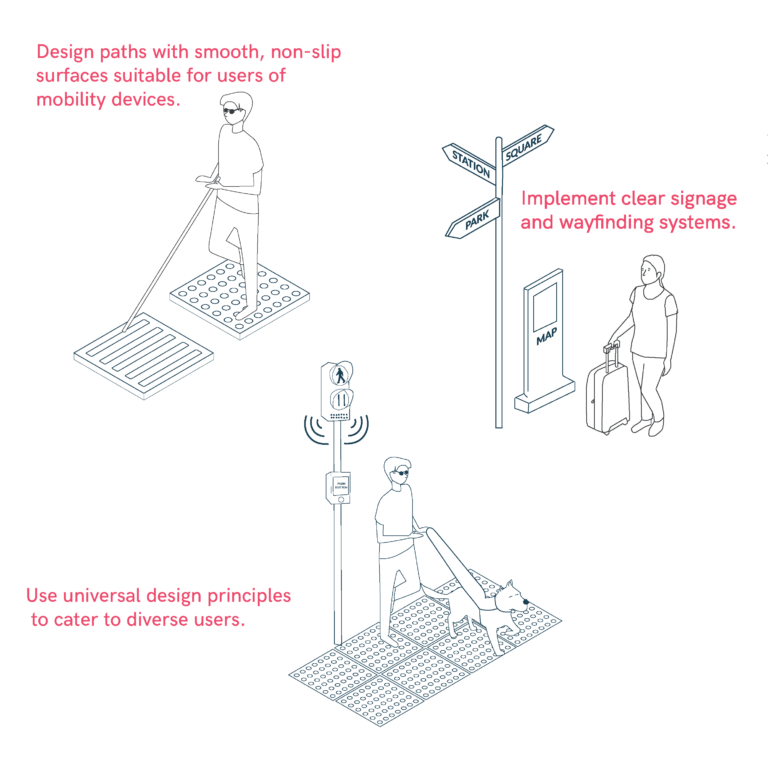
Accessible and Well-Maintained Public Spaces

Accessible Colors and Contrast
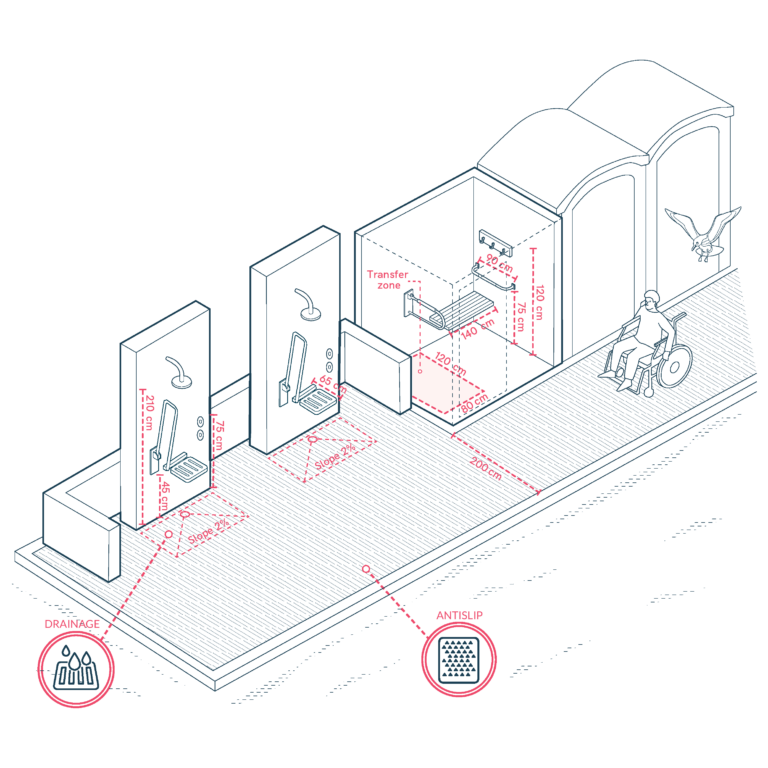
Accessible Dressing Rooms and Showers
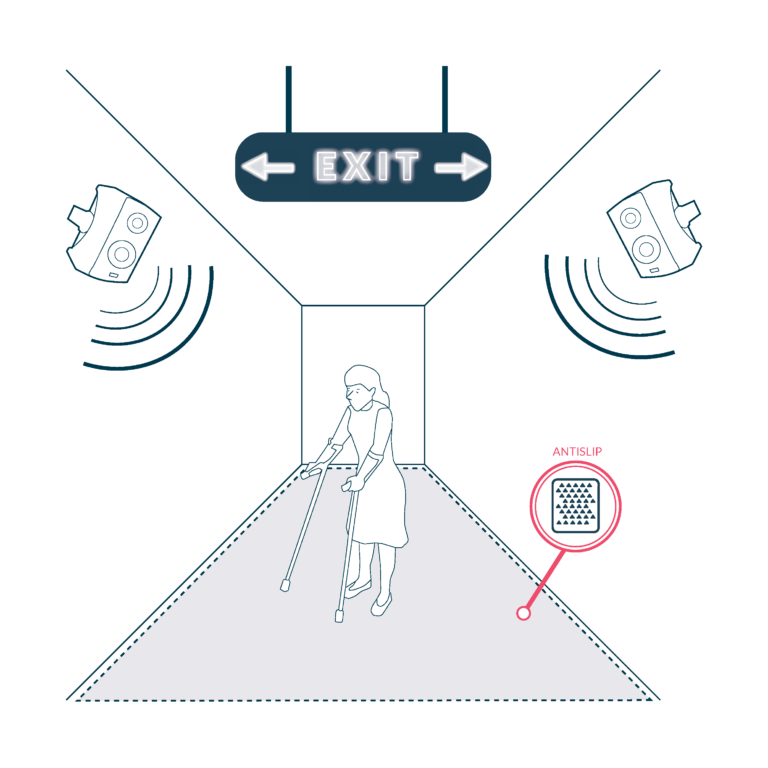
Accessible Gangways for Vessel Access

Accessible Lunch Counters and Tables

Adapt Motor Stimulation Play Opportunities
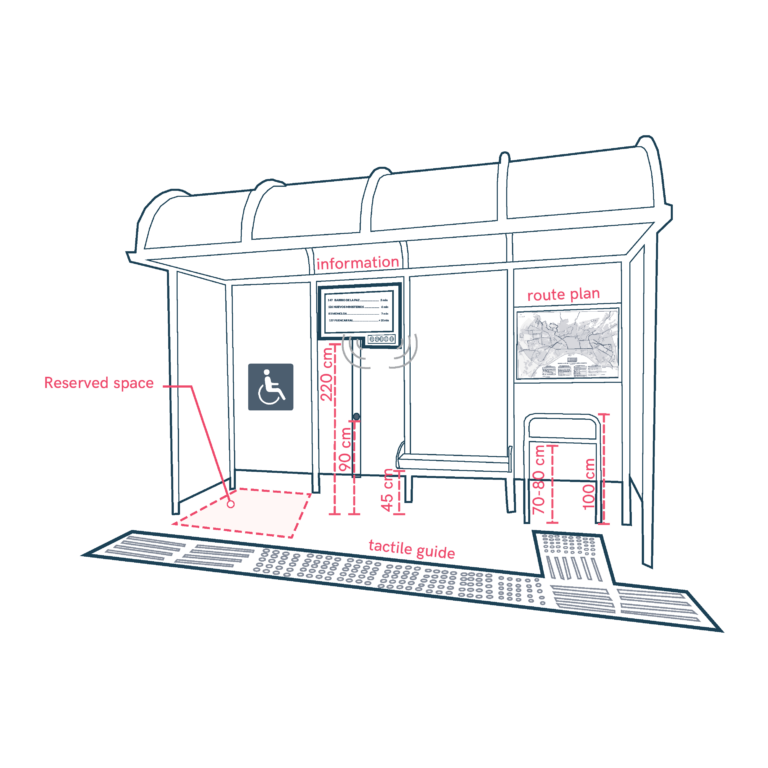
Bus Stop Design
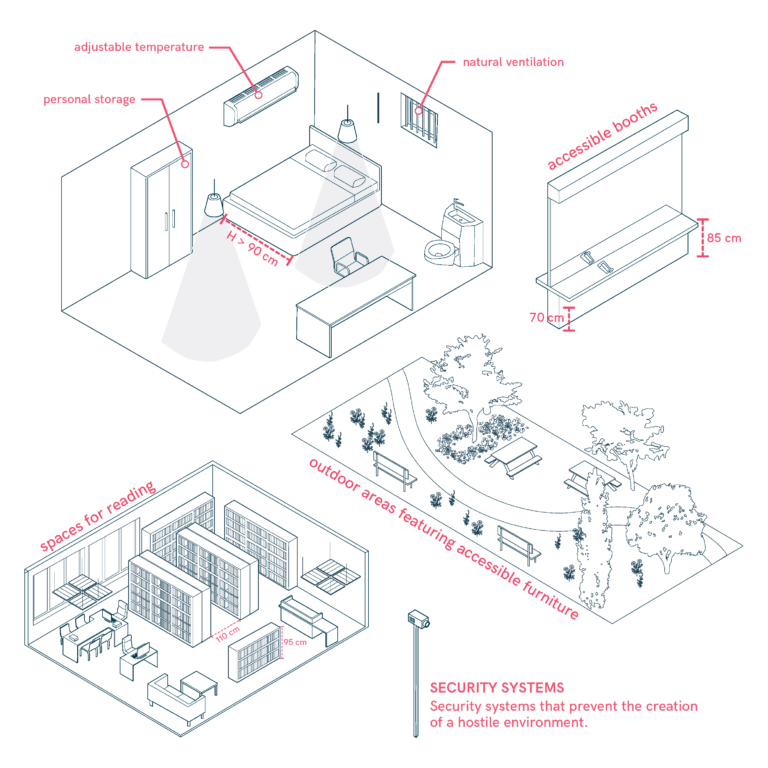
Cells and Detention Spaces
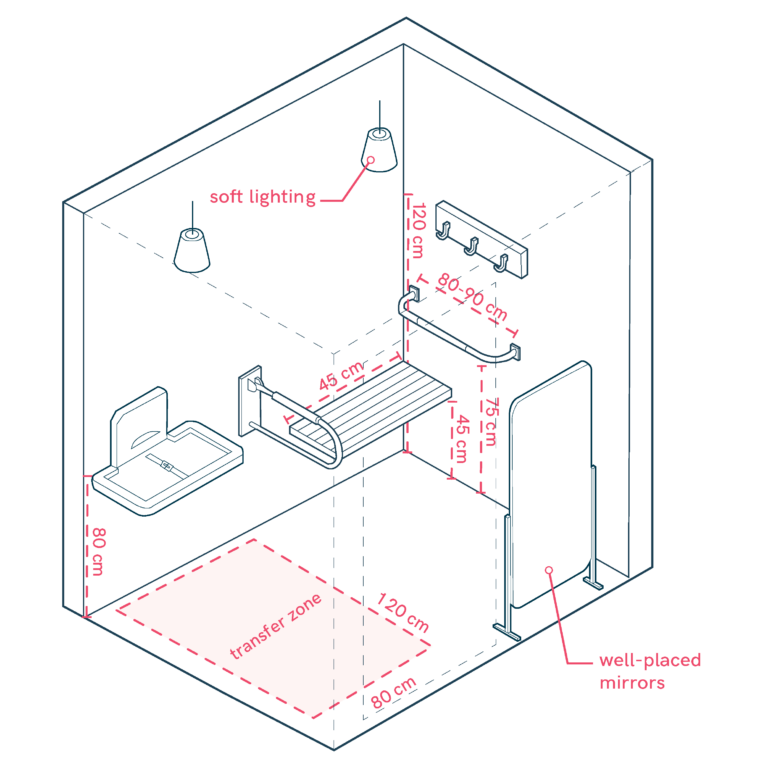
Changing Areas for Various Users
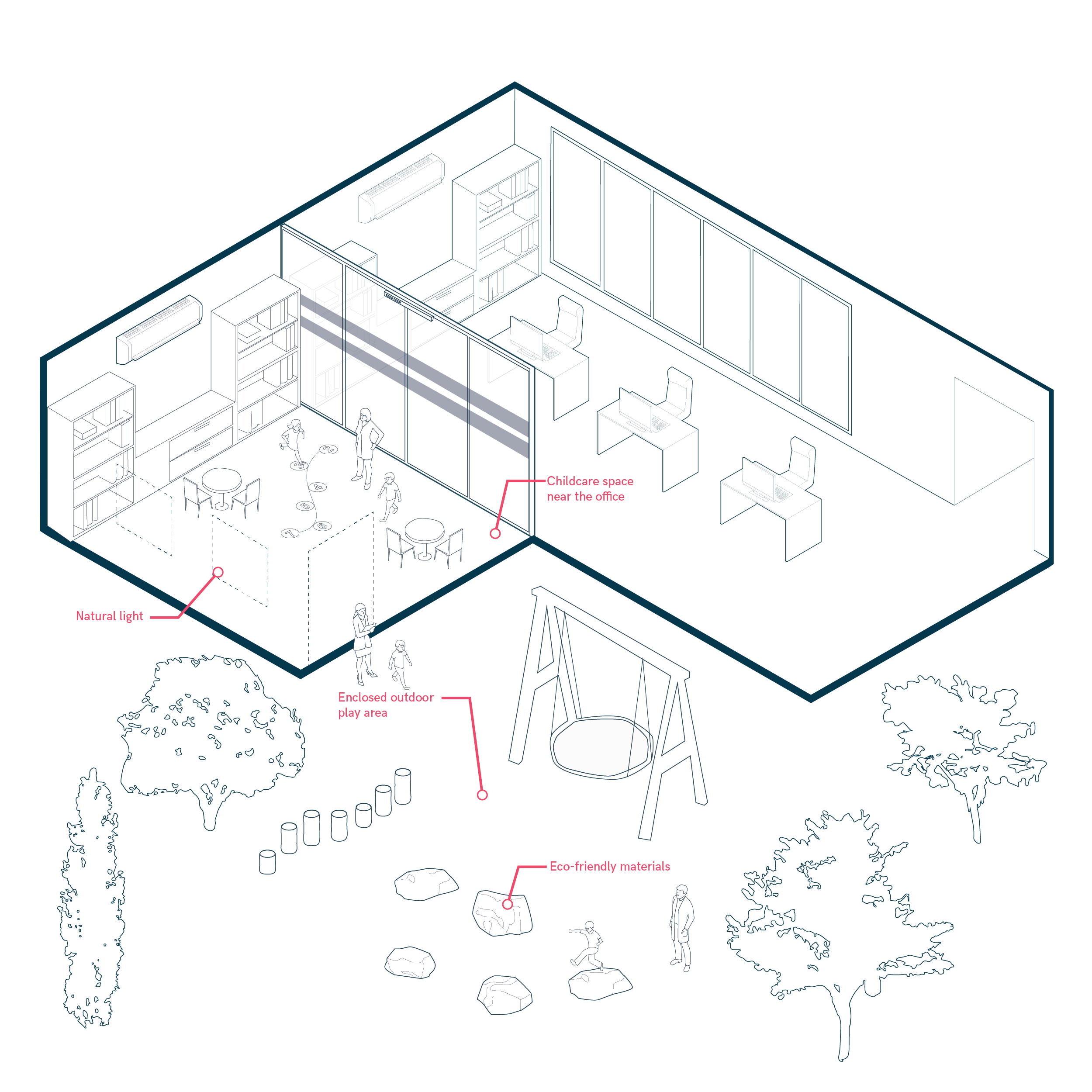
Childcare Facilities for Work-Life Balance
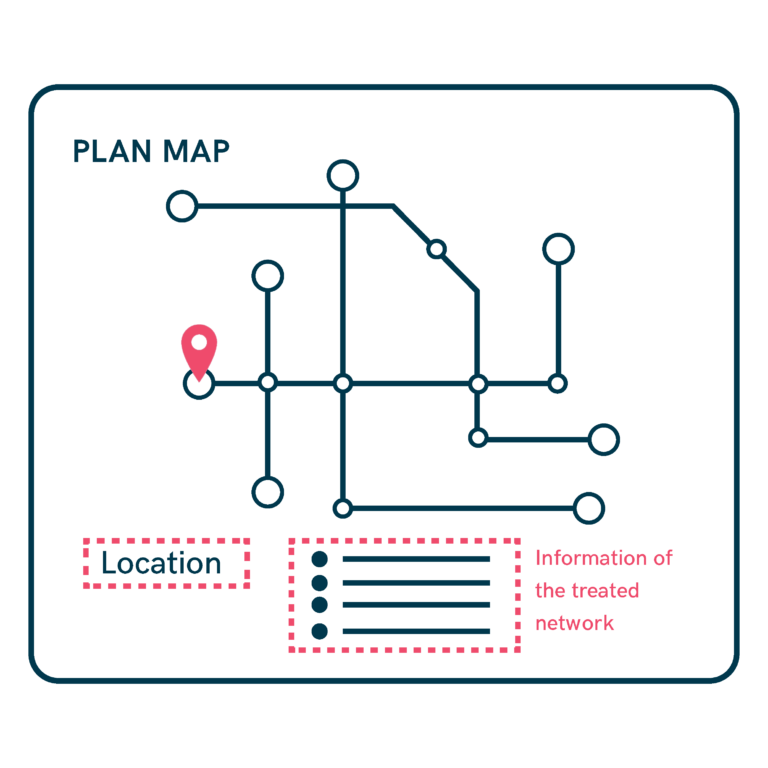
Clear Maps and Plans
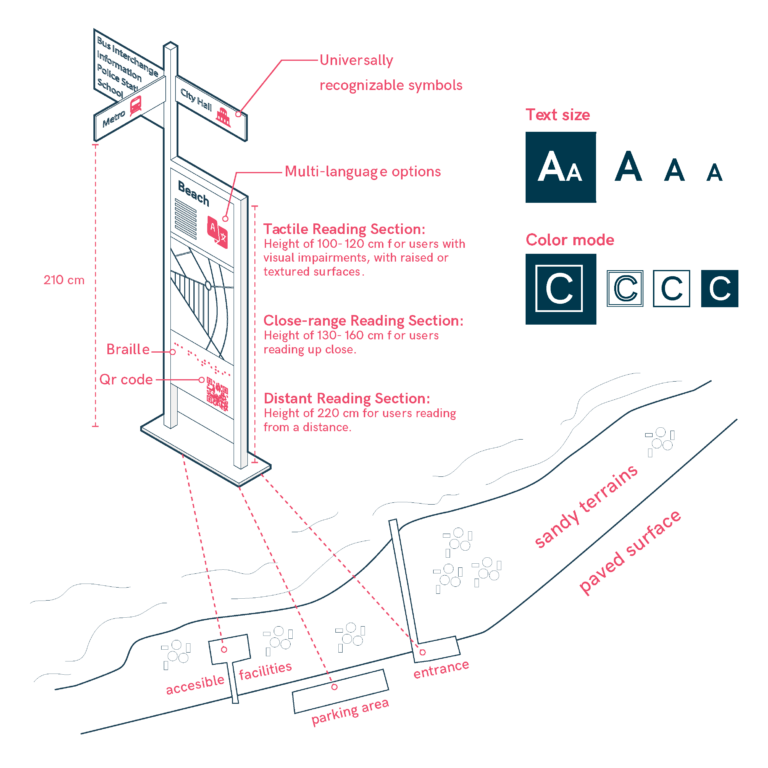
Clear Signage and Orientation
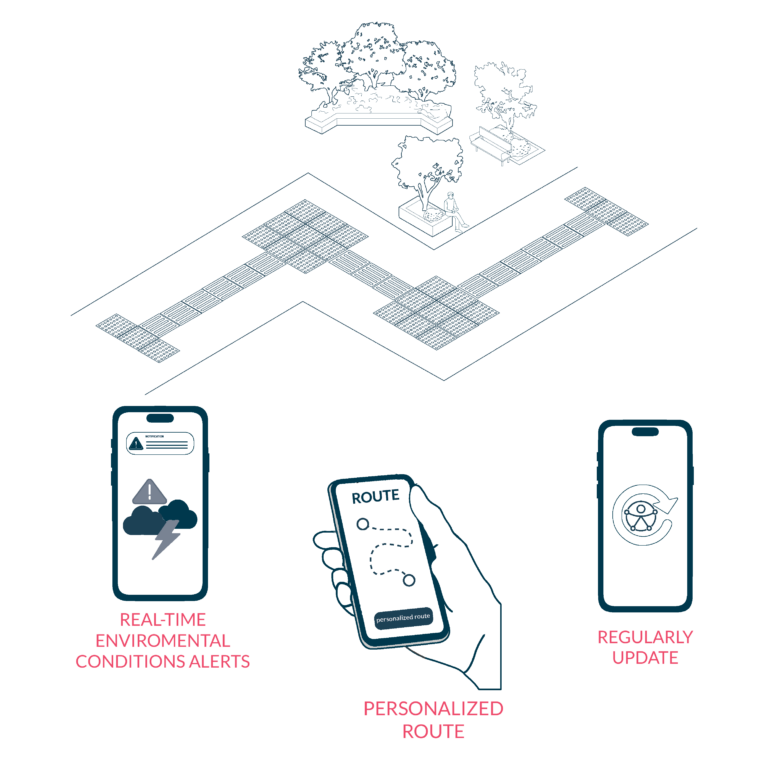
Comfort-Based Mobility Assistance
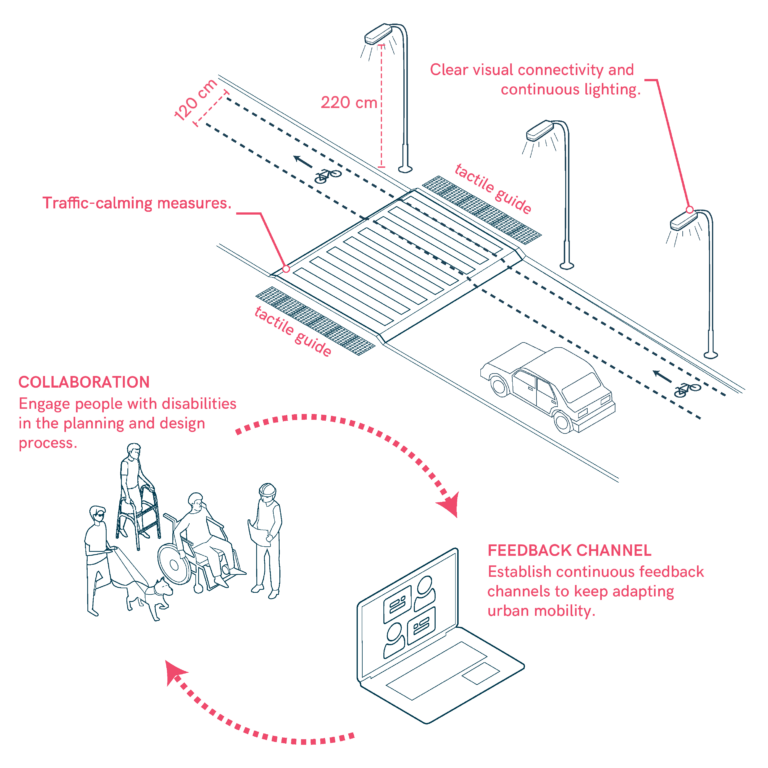
Community Engagement and Feedback
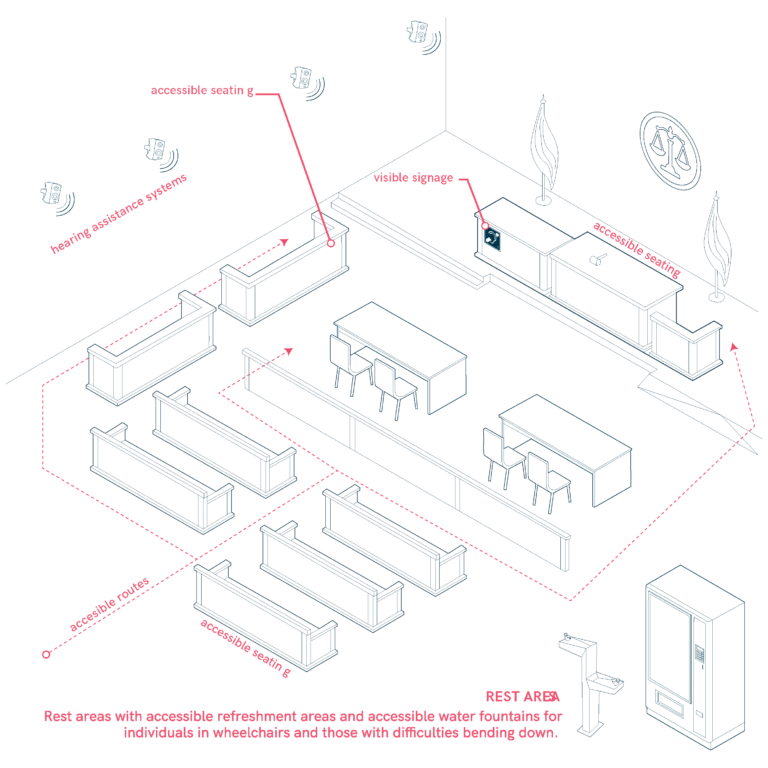
Courtrooms
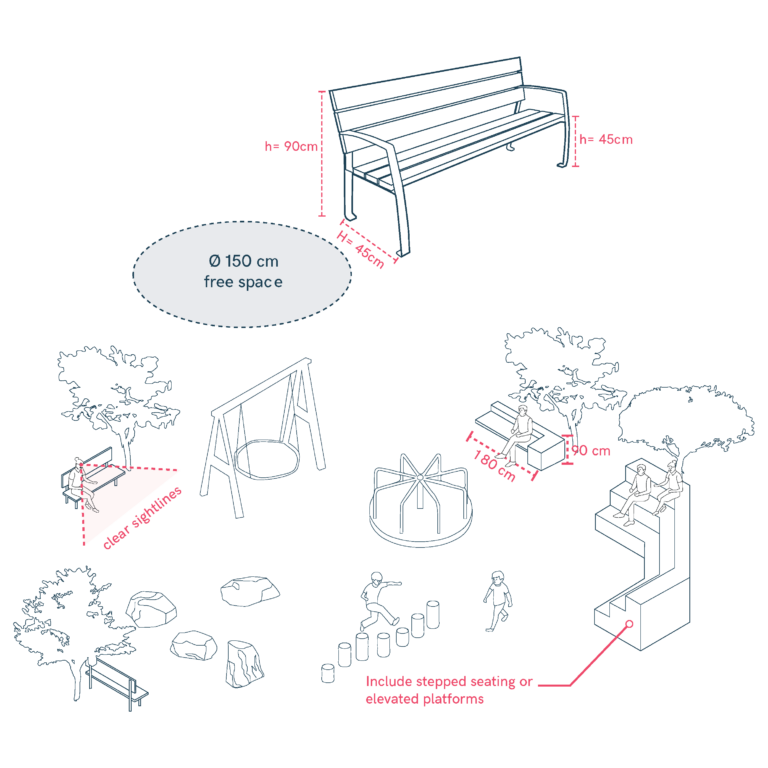
Create Comfortable Surveillance and Rest Areas
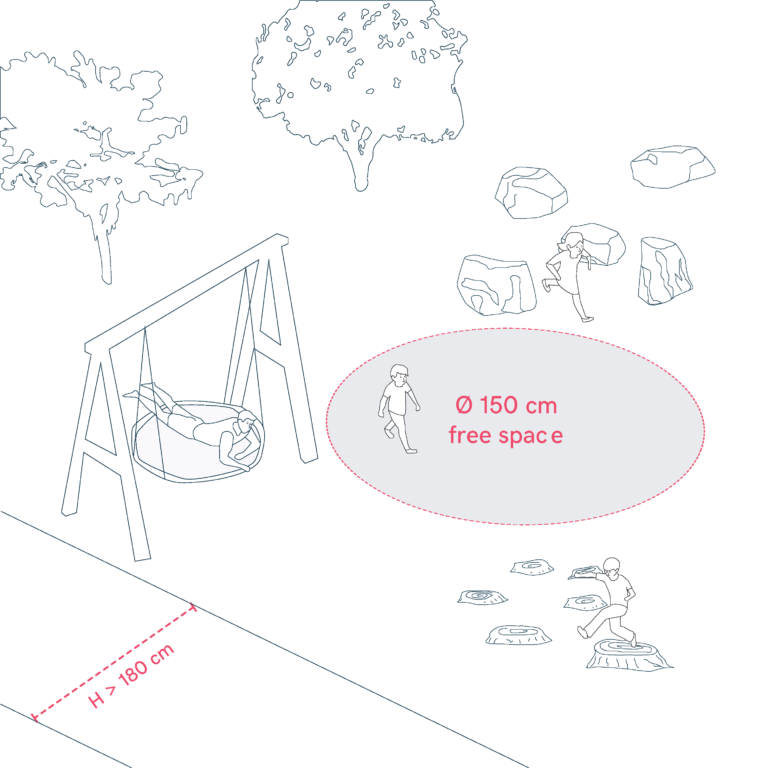
Design Accessible Play Areas
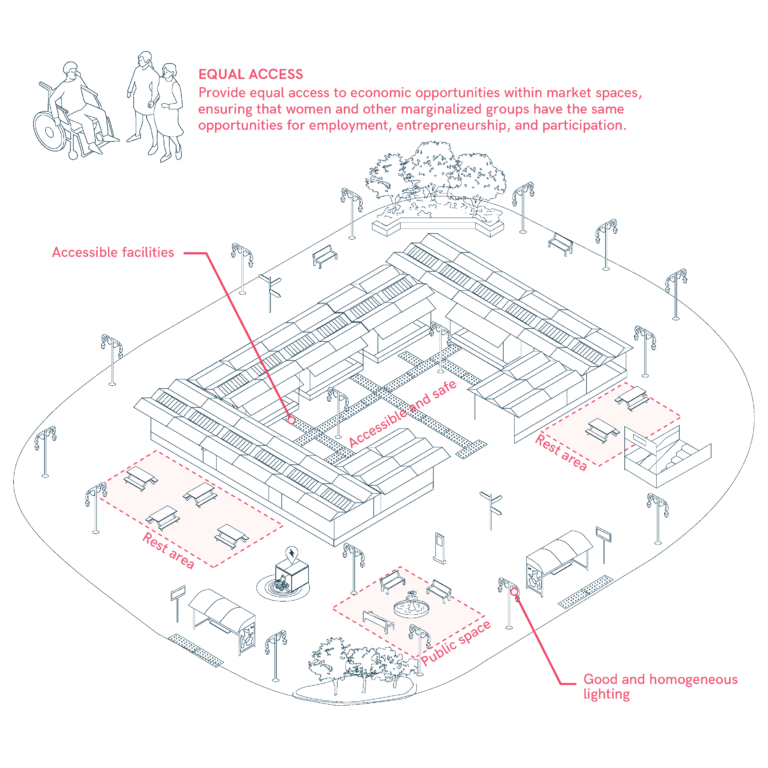
Design markets from a gender perspective

Designing areas that support interaction
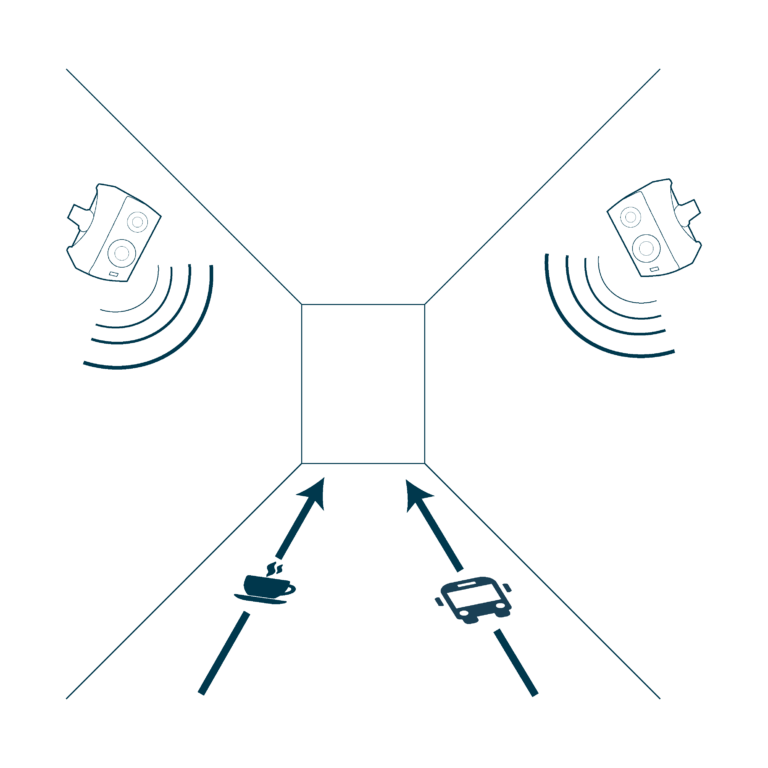
Designing Hallways on Passenger Vessels
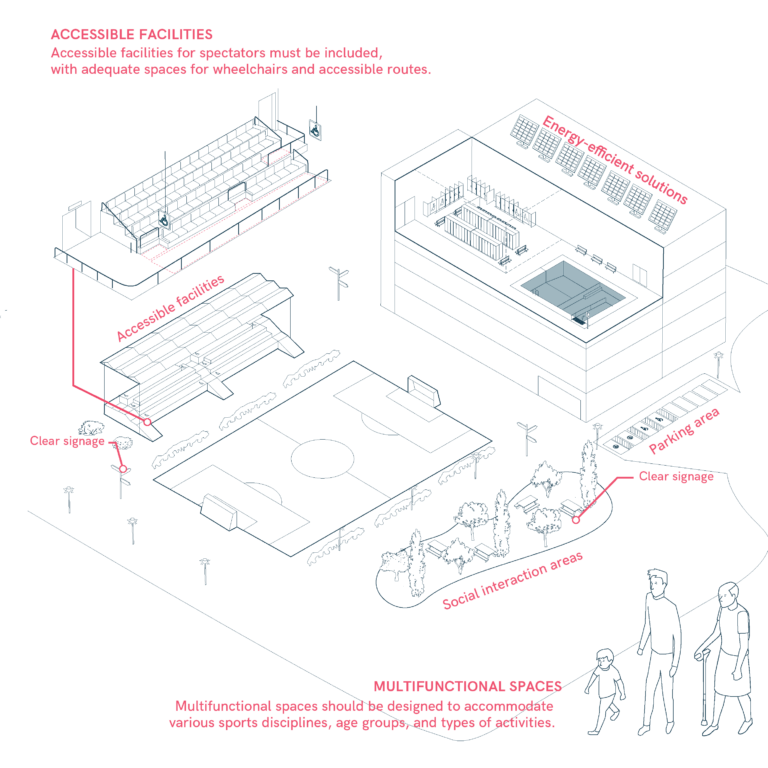
Designing Inclusive Sports Areas
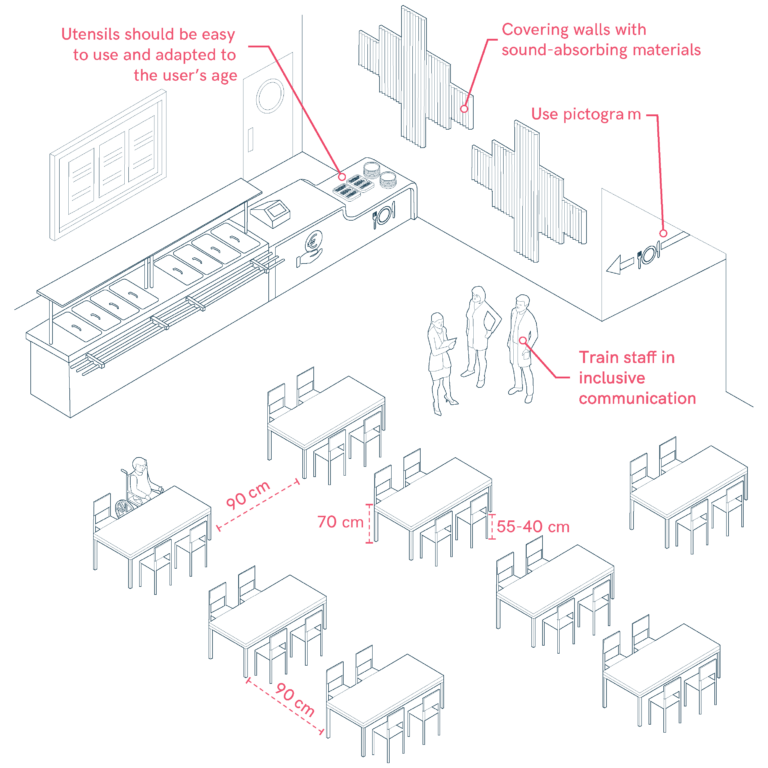
Dining Room in Schools

Diverse furniture and Market Stalls
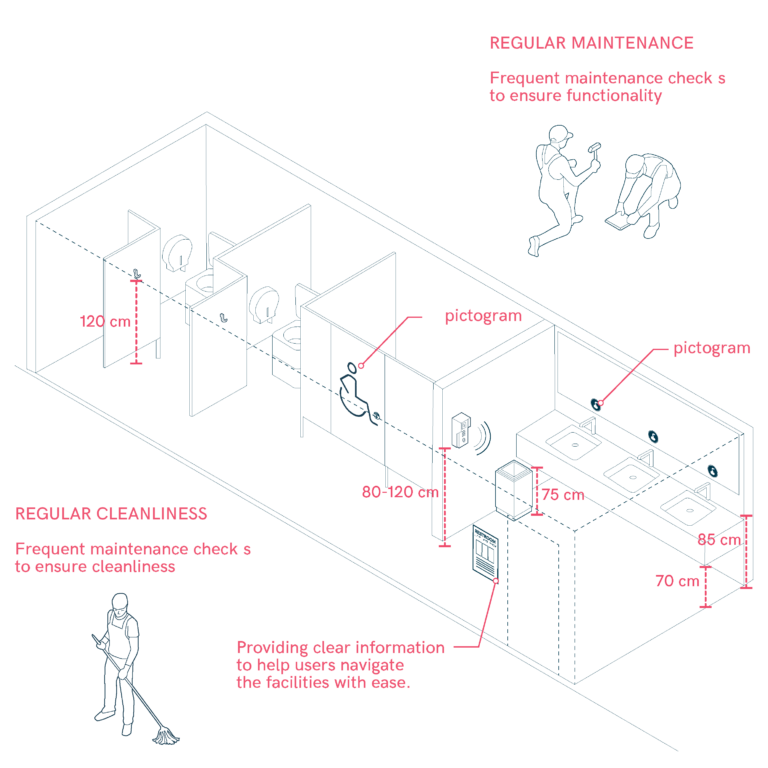
Diverse Needs and Genders: Maintenance, Staff Training and Feature-based signage
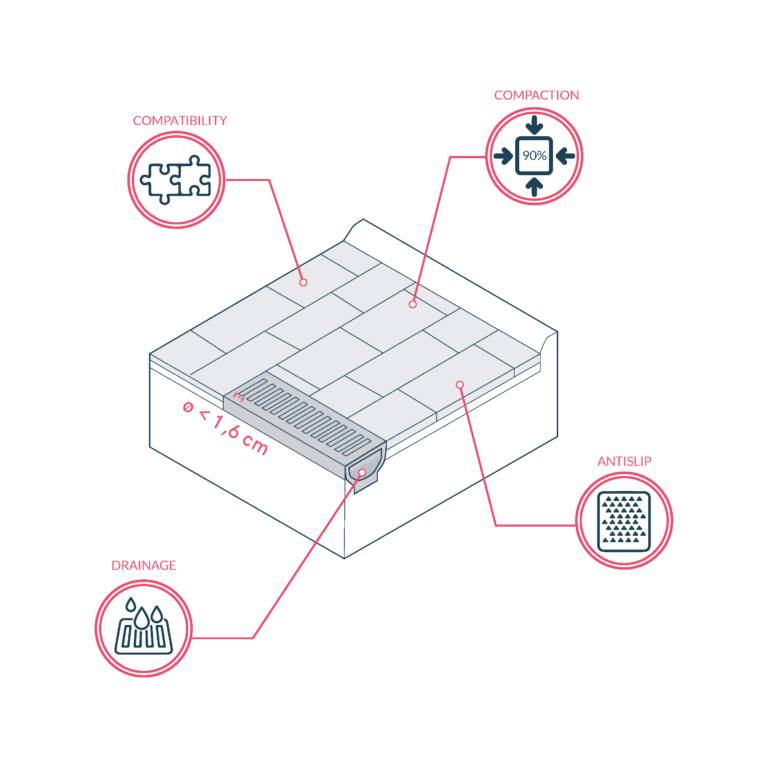
Durable Pavements
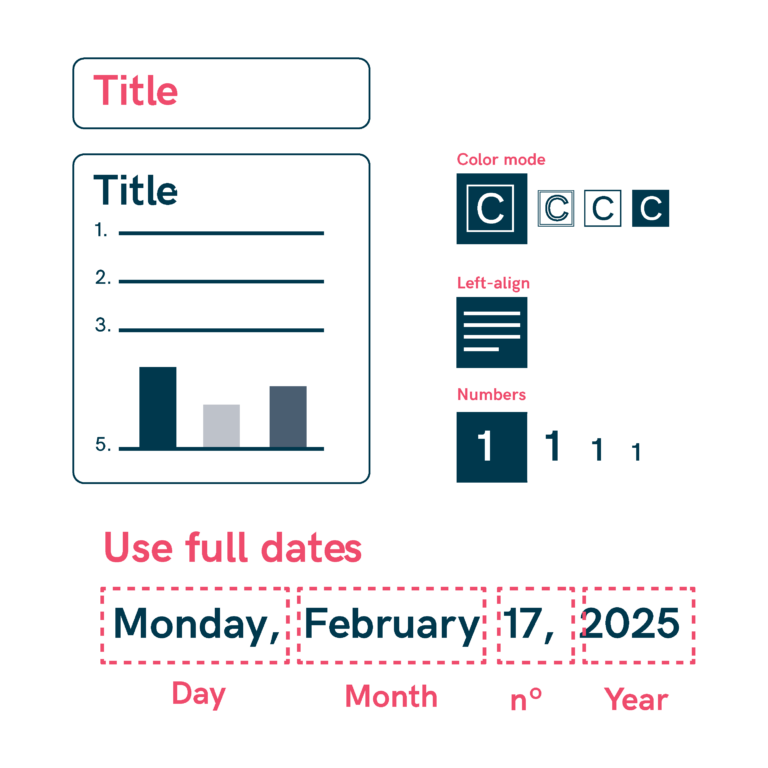
Easy-to-Read Text Format
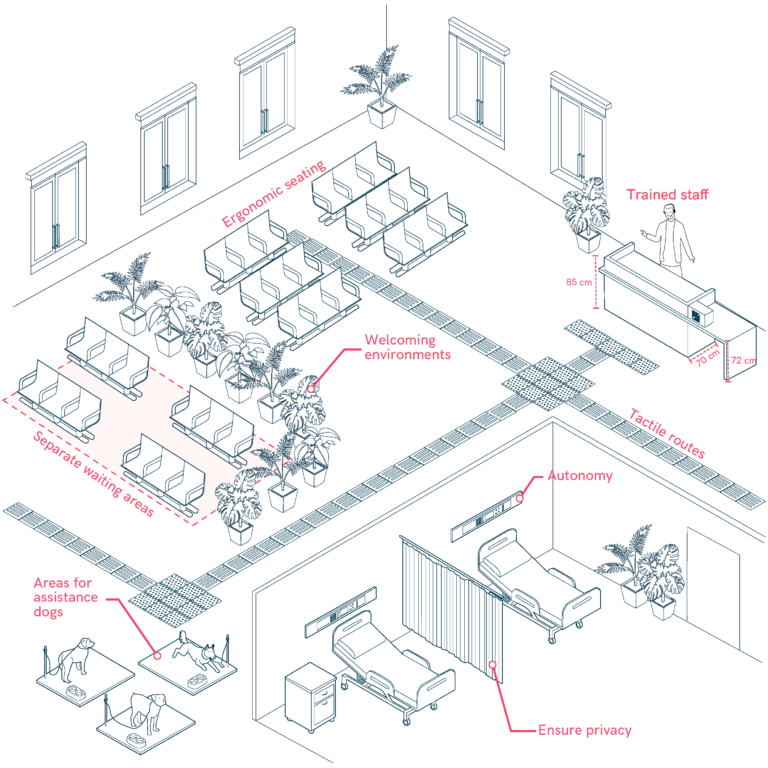
Emotional Accessibility
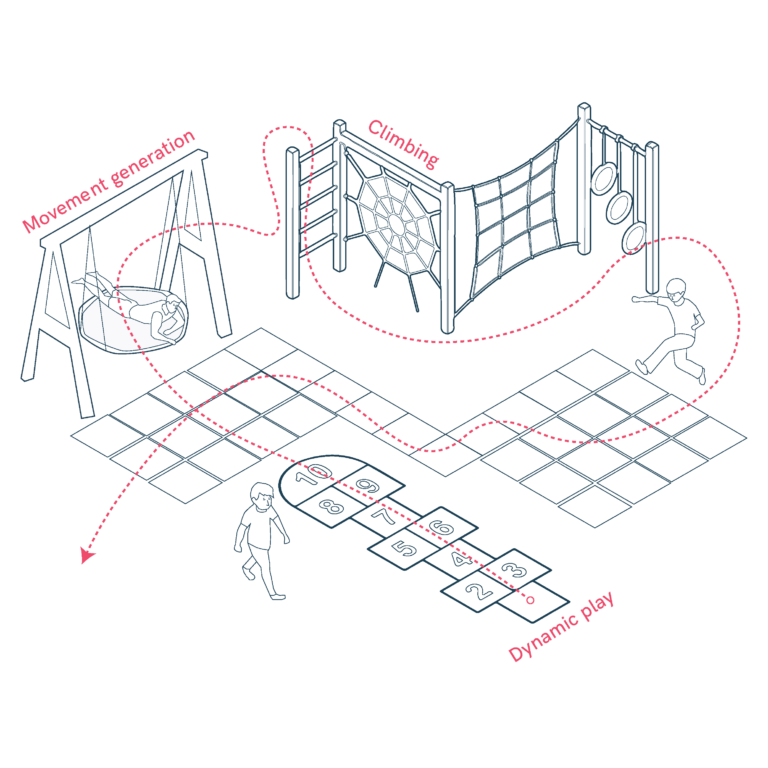
Encourage Mixed-Use Play Areas
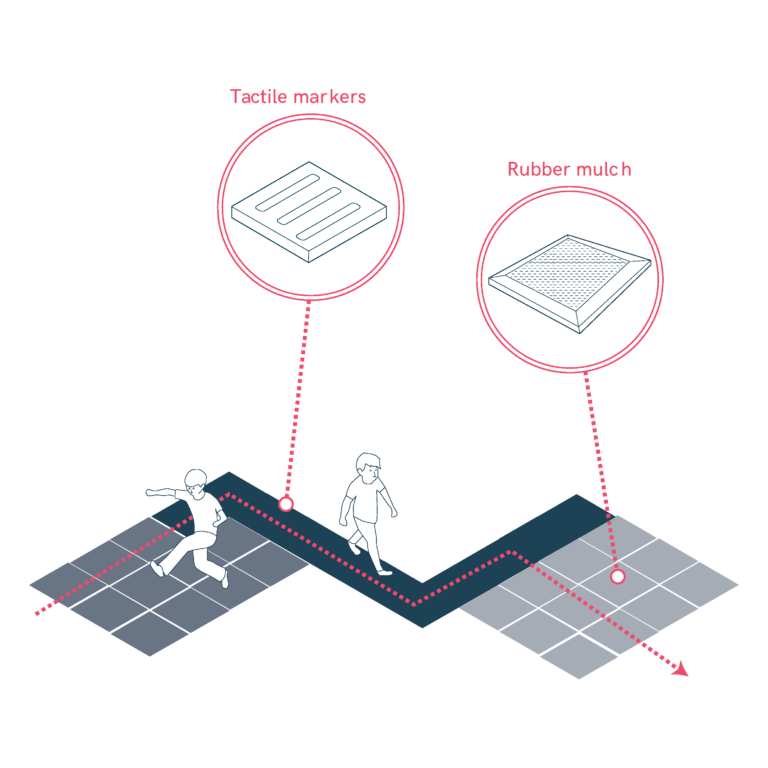
Ensure Accessible Ground Design

Ensuring Accessibility at Airports
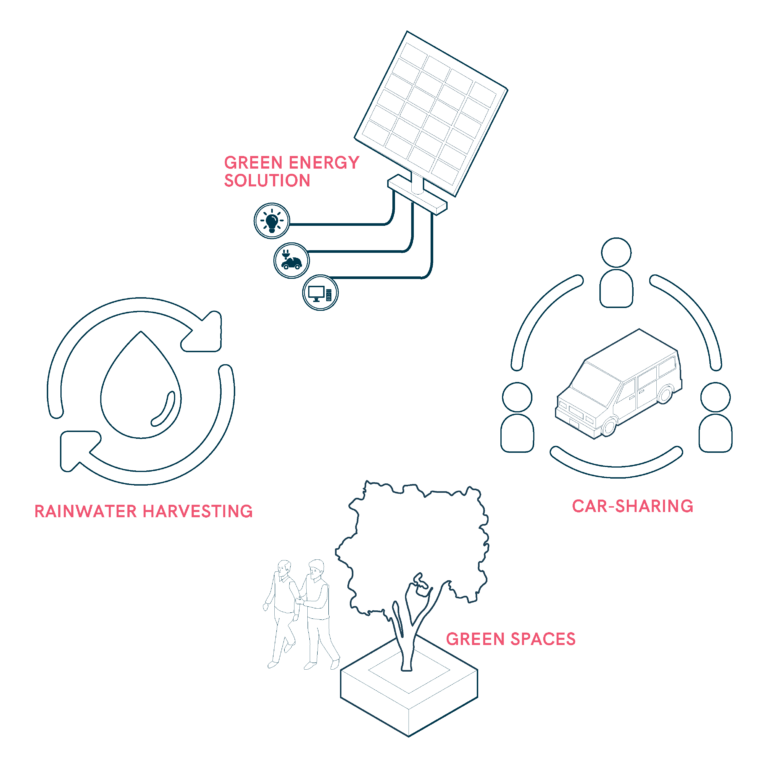
Environmental Sustainability at Mobility Hubs
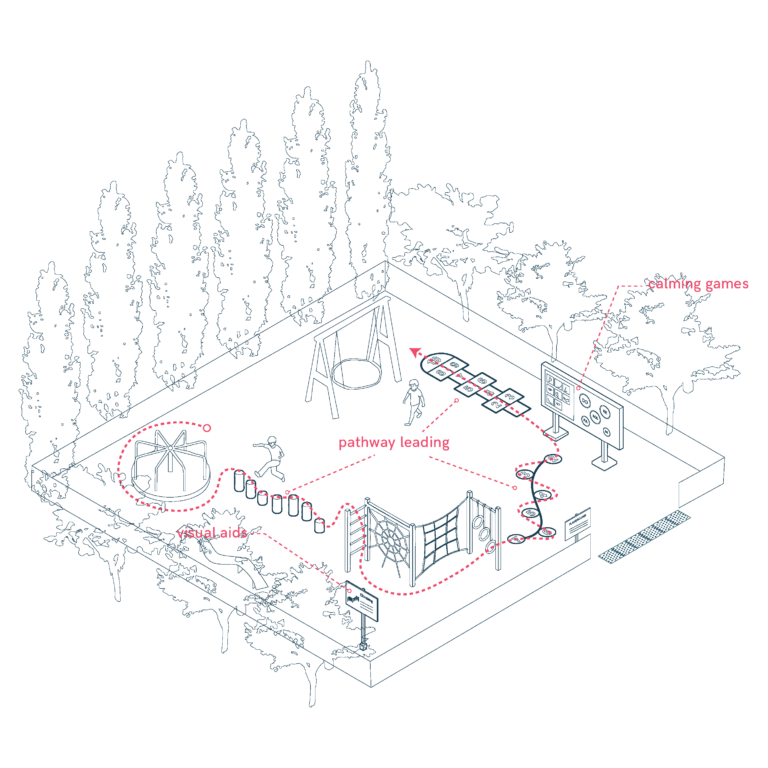
Facilitate Transitions and Waiting Times
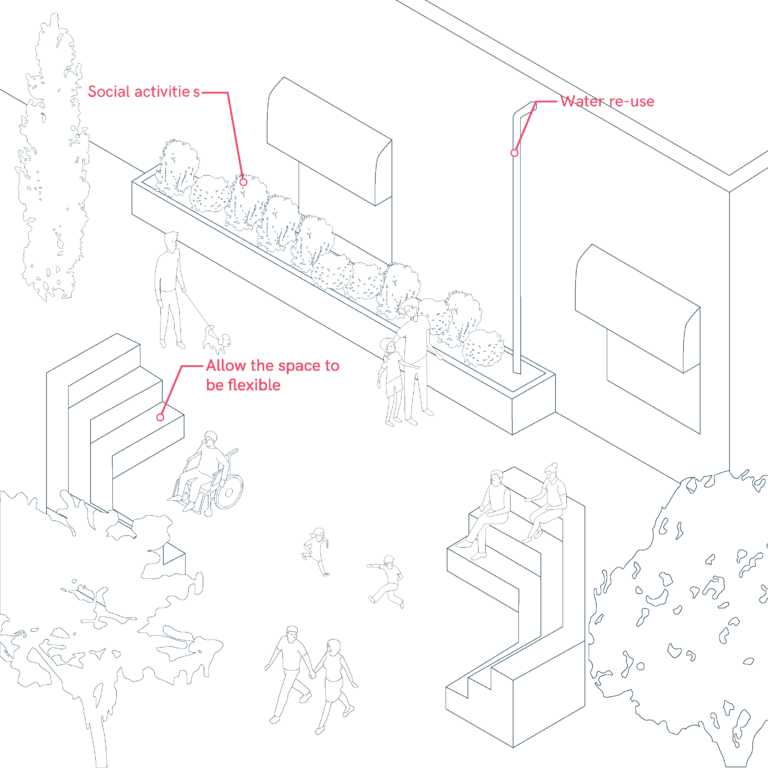
Flexible Use and Community Engagement

Foster Sensory Play Opportunities
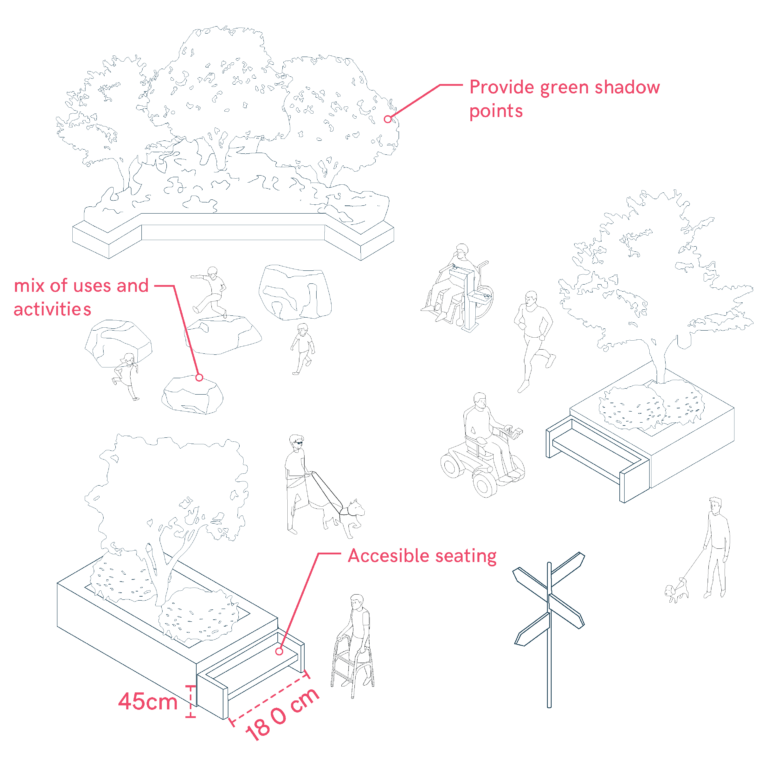
Foster Vitality and Social Interaction
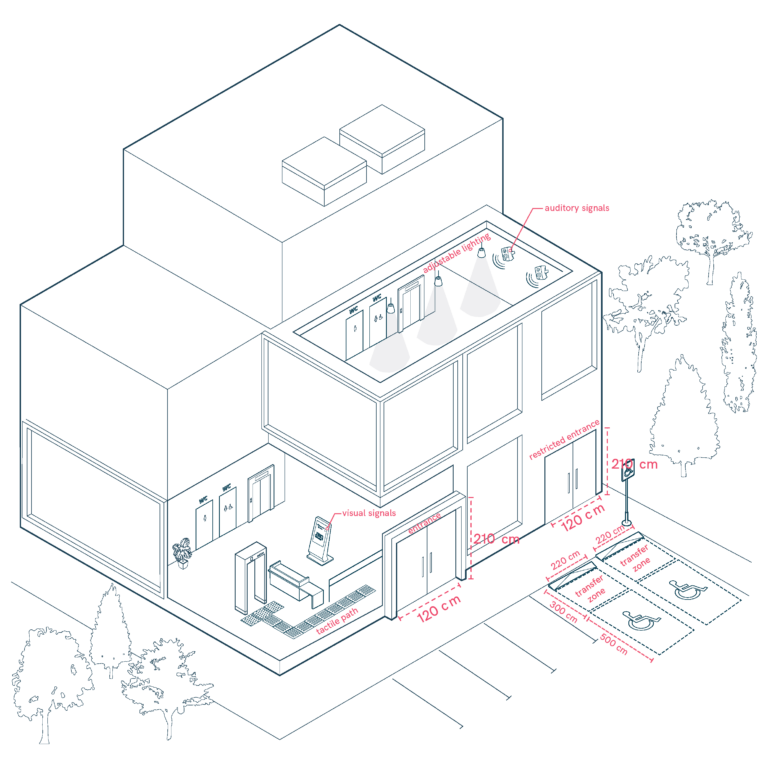
General Aspects of State Buildings
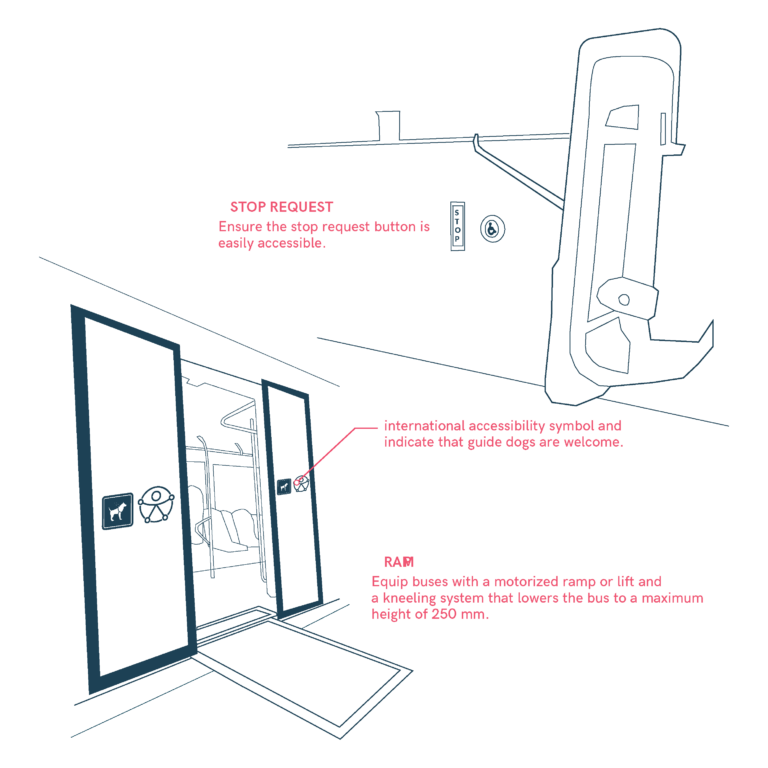
Getting On and Off the Bus
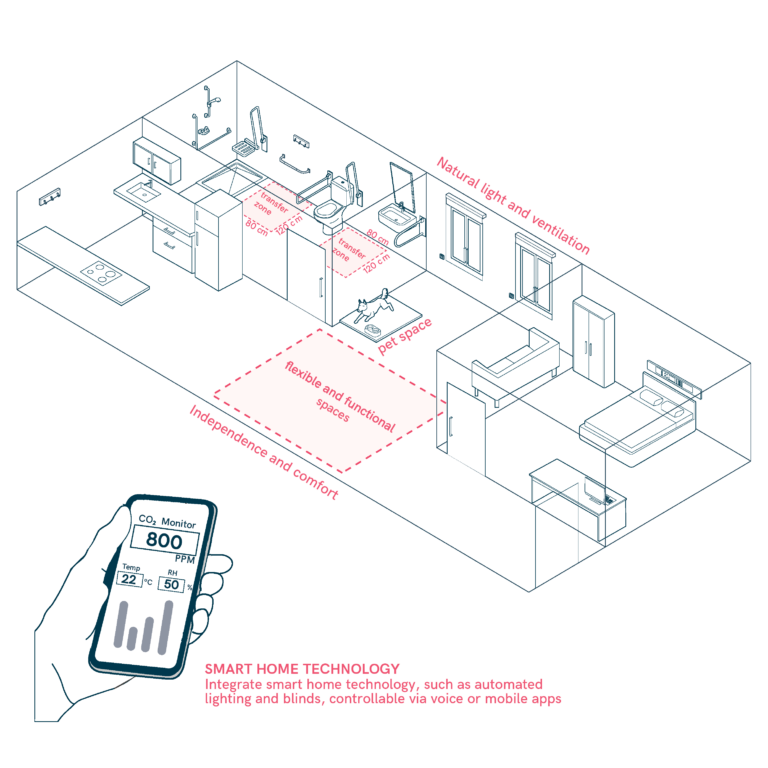
Home

Humanised Patient Rooms
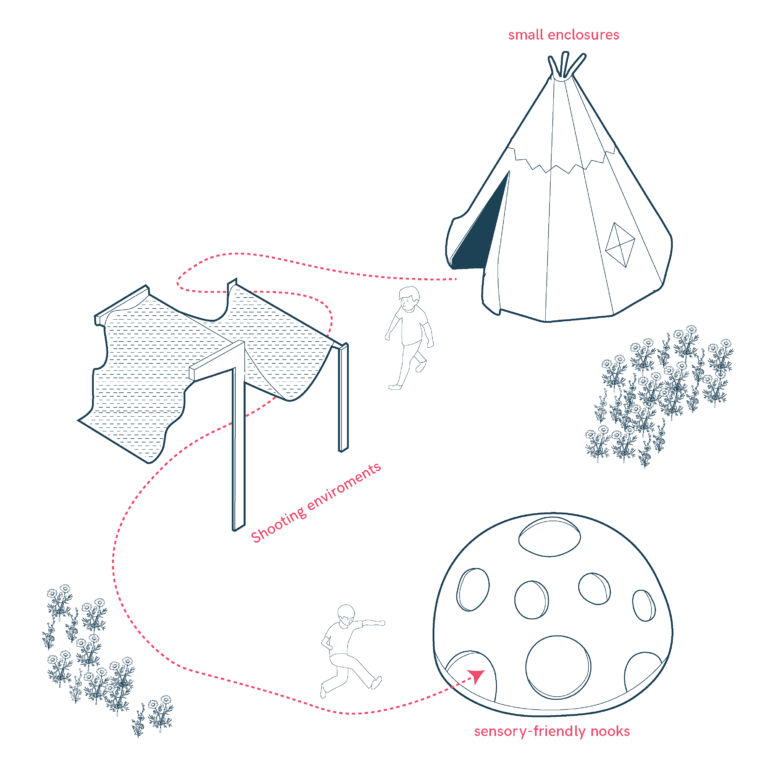
Include Calm/Haven Spaces
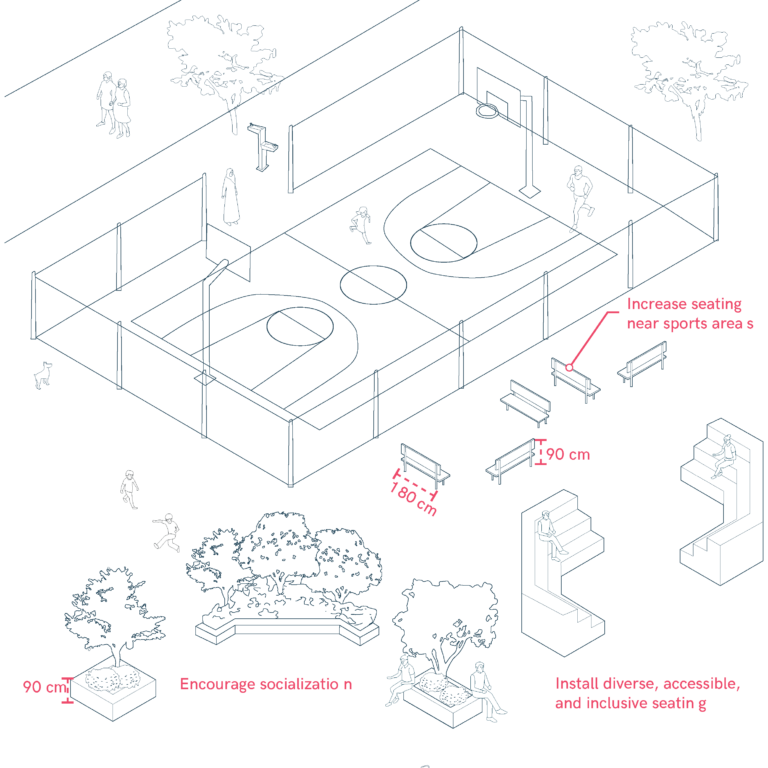
Inclusive and Comfortable Seating

Inclusive Beach Access for All
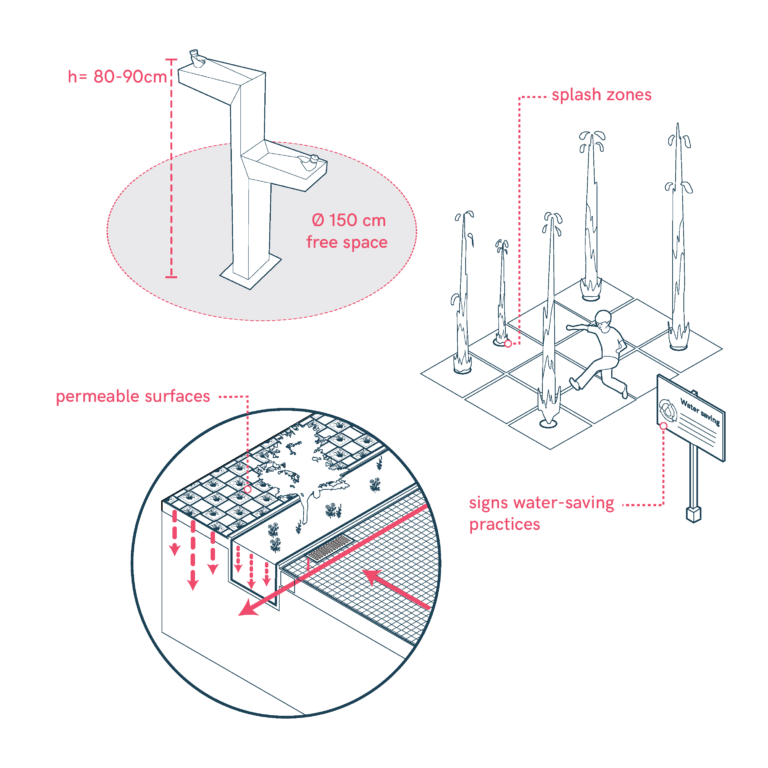
Incorporate Fountains and Water Features
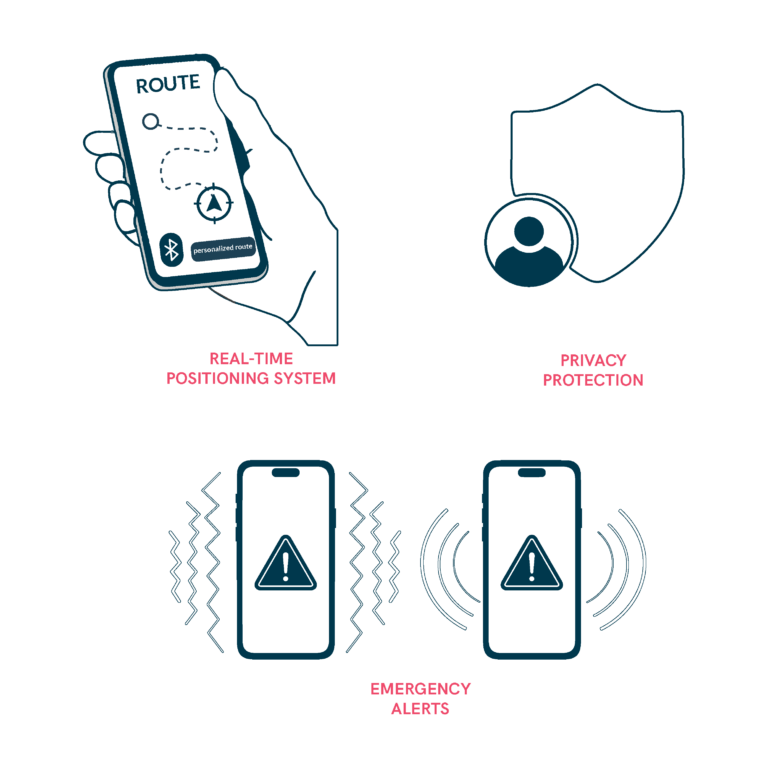
Indoor Assistive Technologies
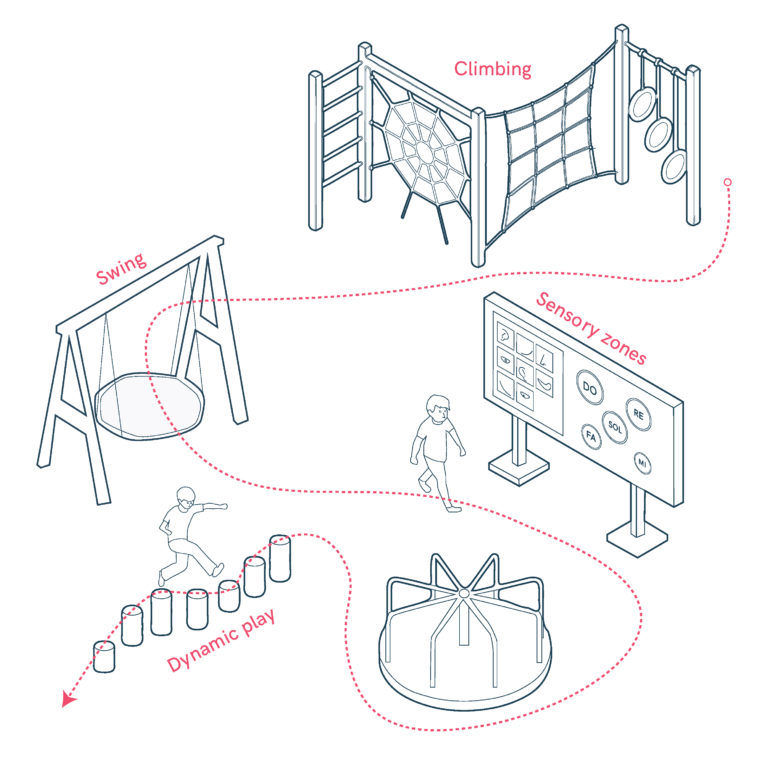
Install Diverse and Inclusive Play Equipment

Interdisciplinary and Collaborative Urban Design

Legislative Buildings
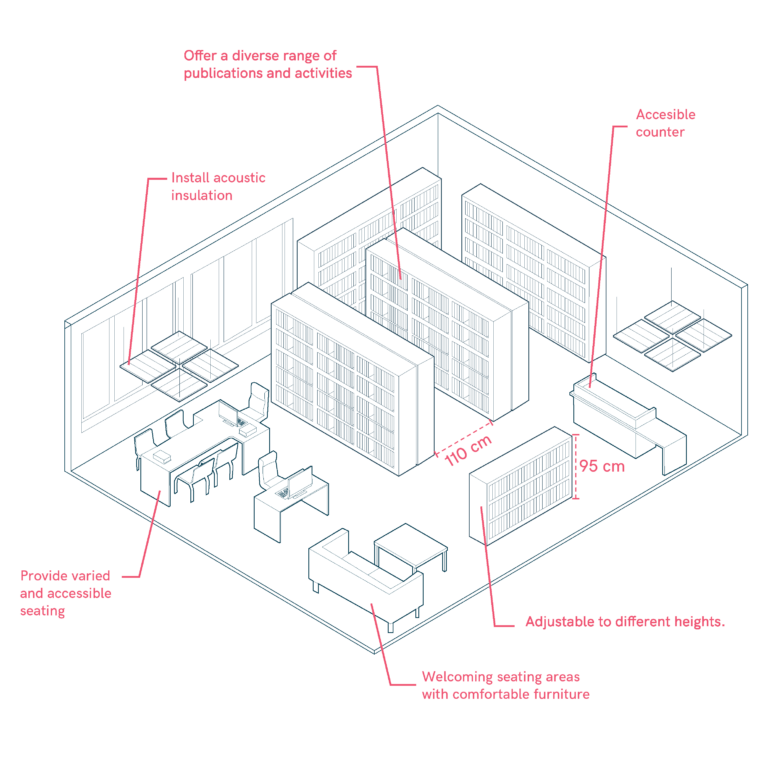
Libraries

Medical Consultations
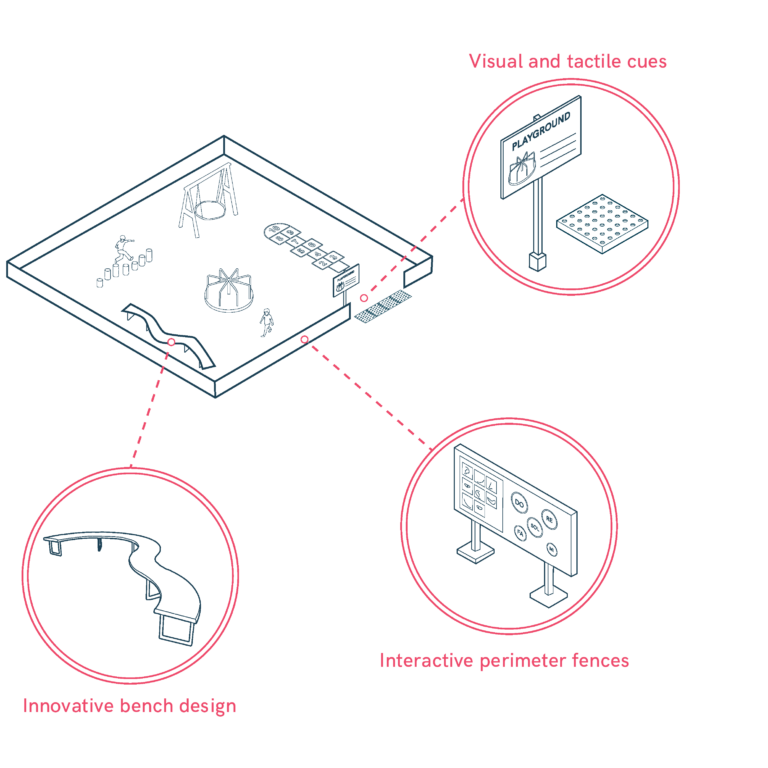
Mitigate Spontaneous Escapes
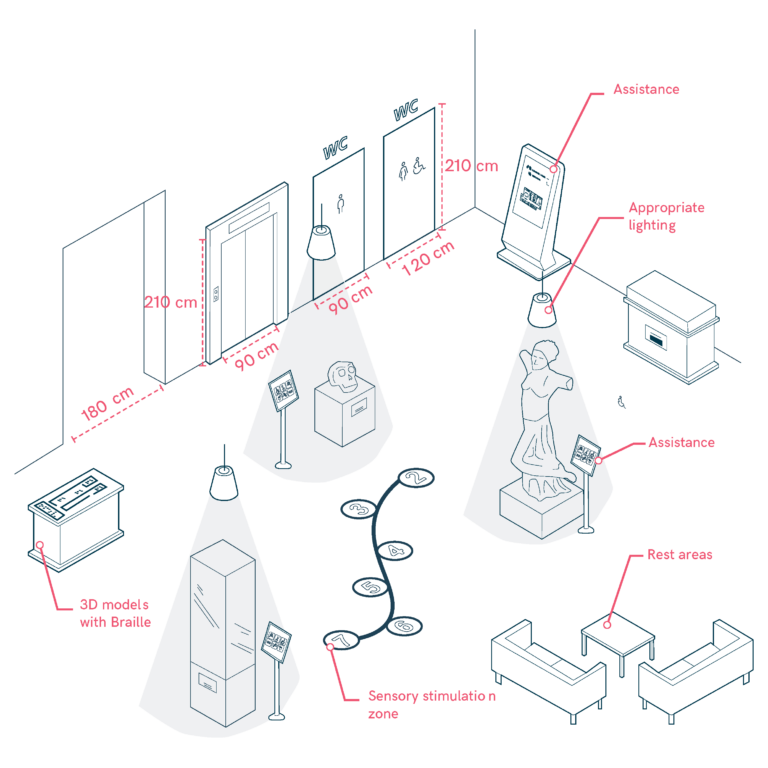
Museums and Heritage Sites

Office Comfort
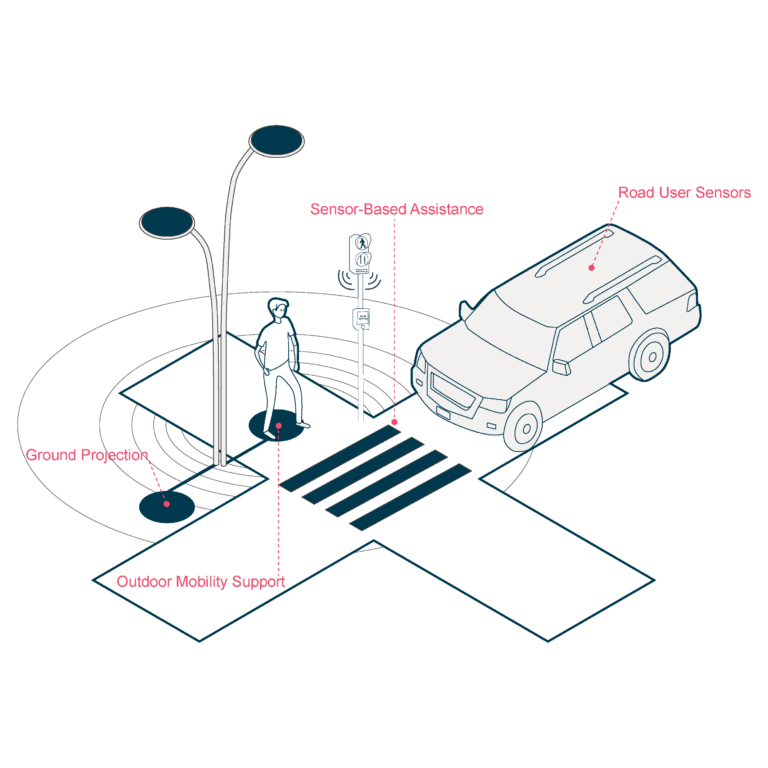
Outdoor Assistive Technologies
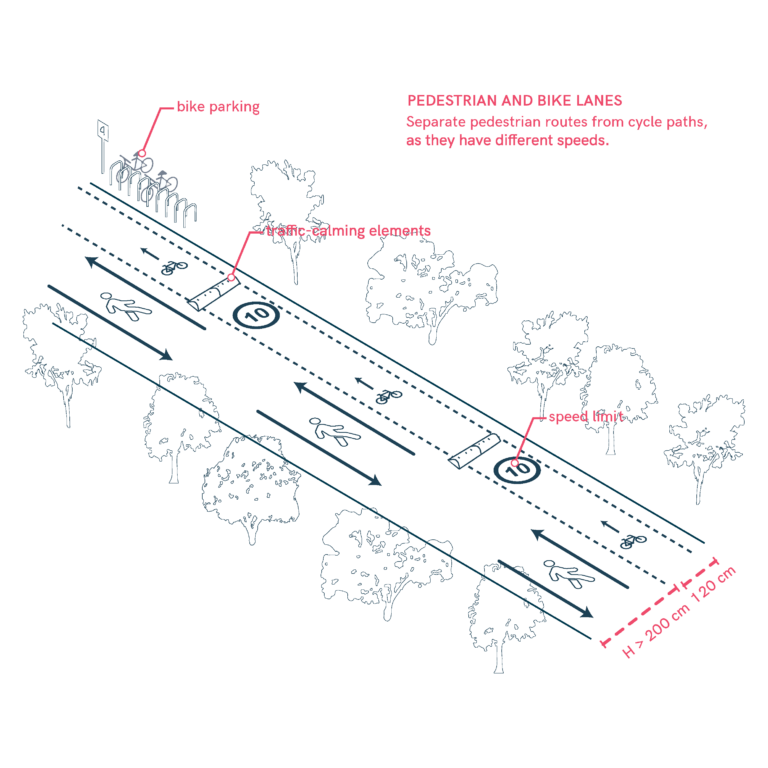
Pedestrian and Bicycle Paths

Pedestrian Routes
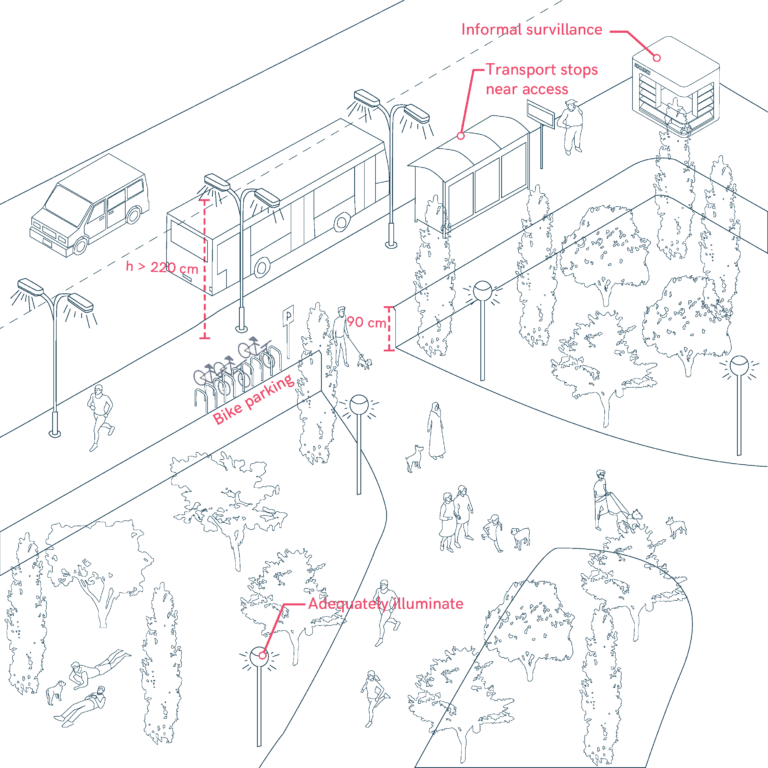
Permeability and Accessibility from Surrounding Areas
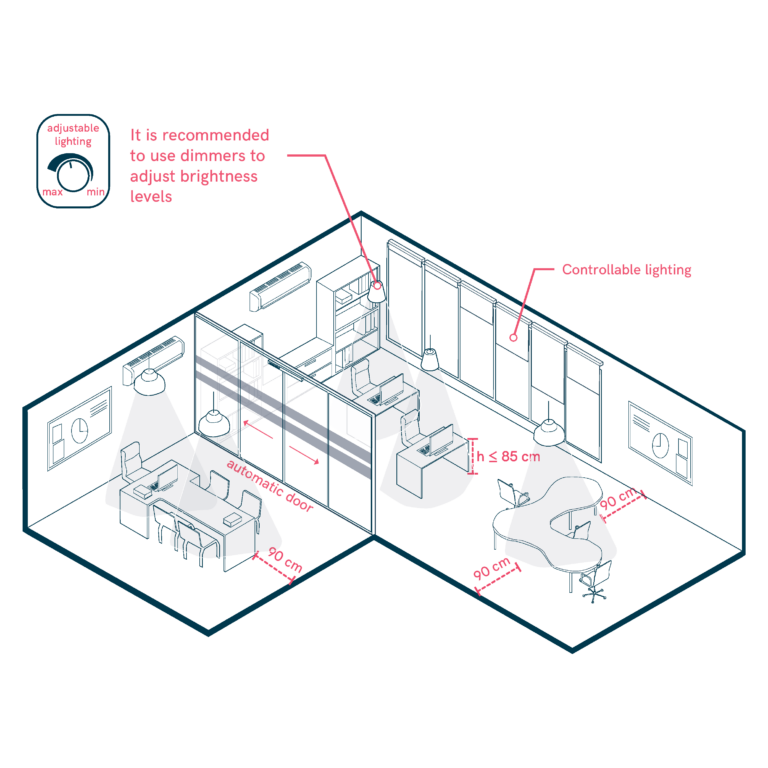
Physical and Sensory Accessibility in Offices

Picnic and Rest Areas
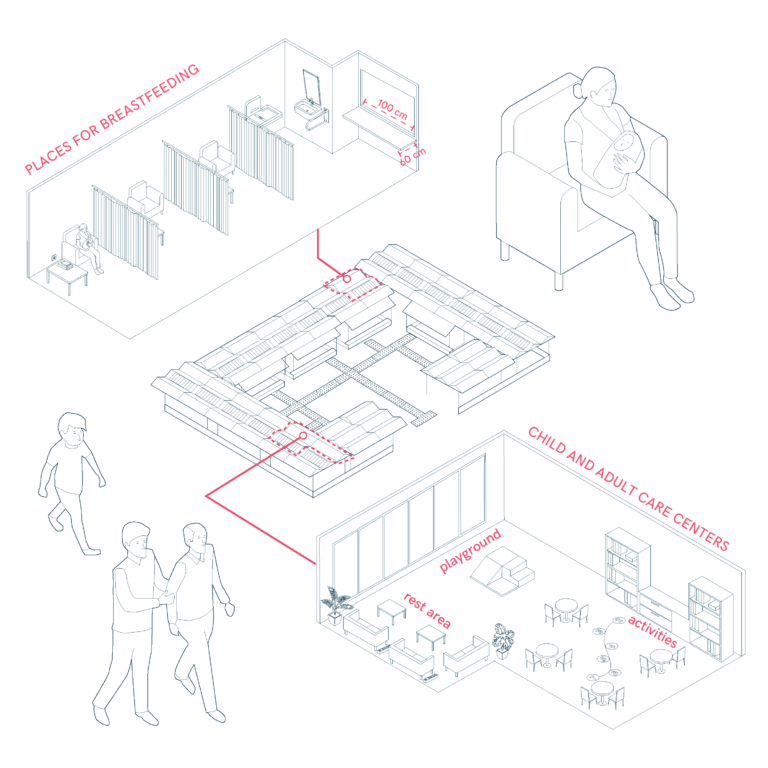
Places for caretaker users

Privacy and Safety in Shared Spaces
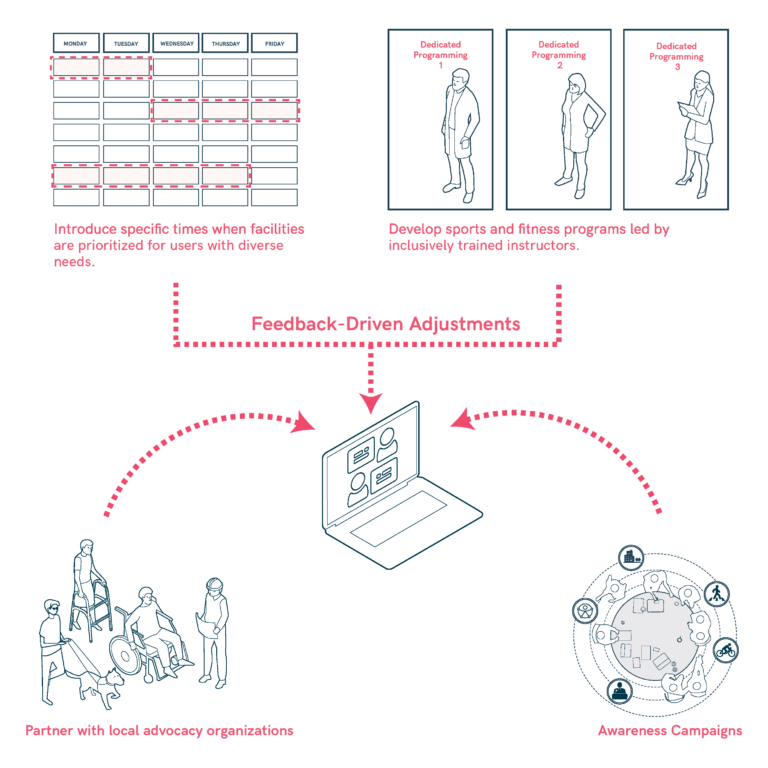
Programming and Pilot Initiatives
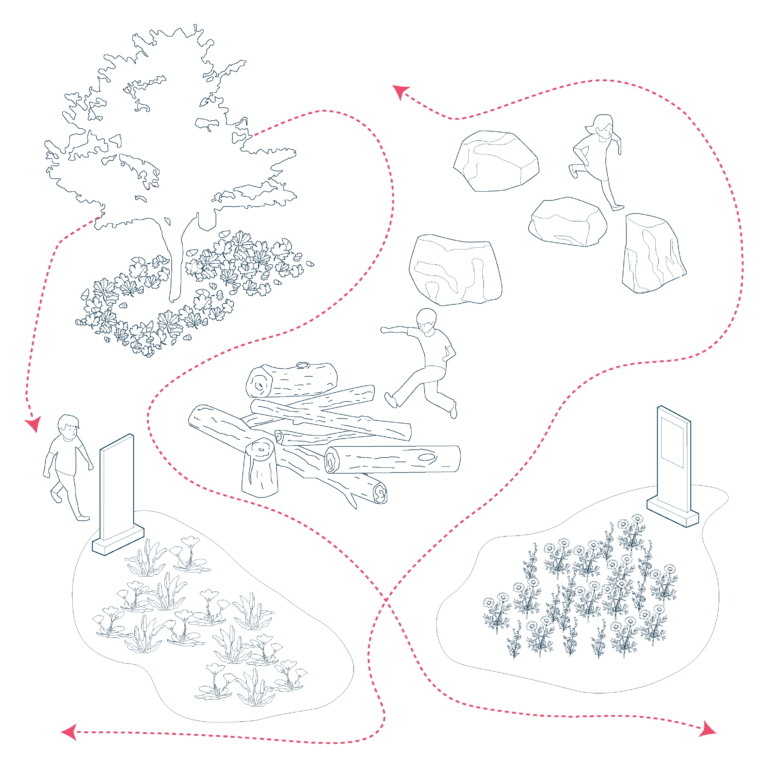
Promote Biophilic and Sustainable Design
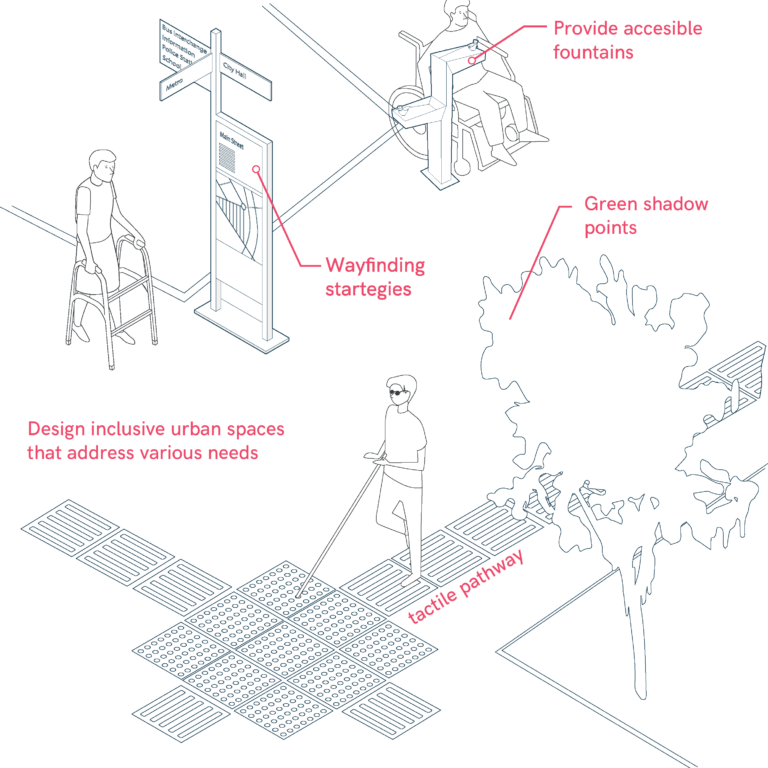
Promote Diversity, Autonomy, and Proximity
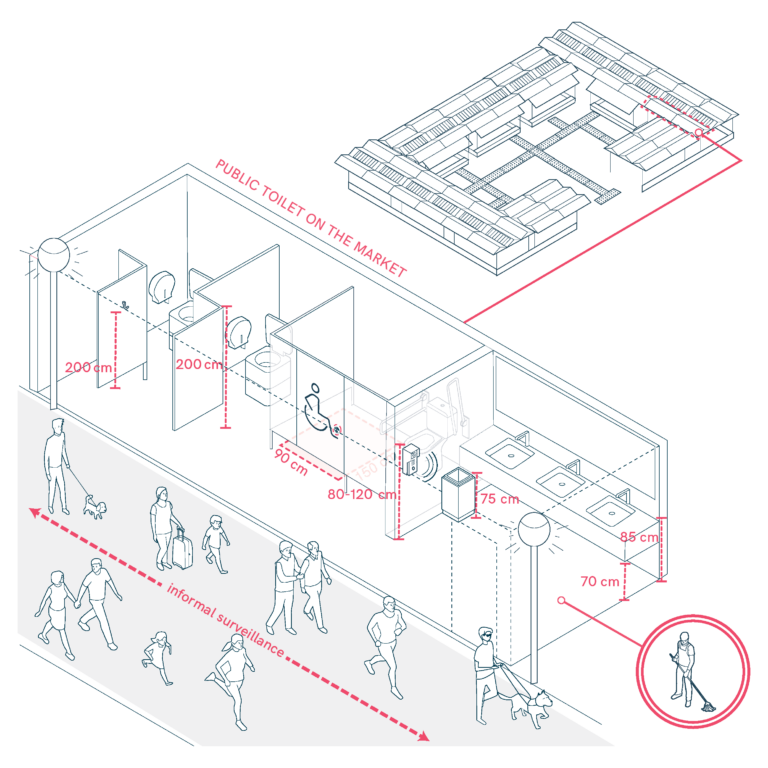
Public toilets on the market

Readable Typography
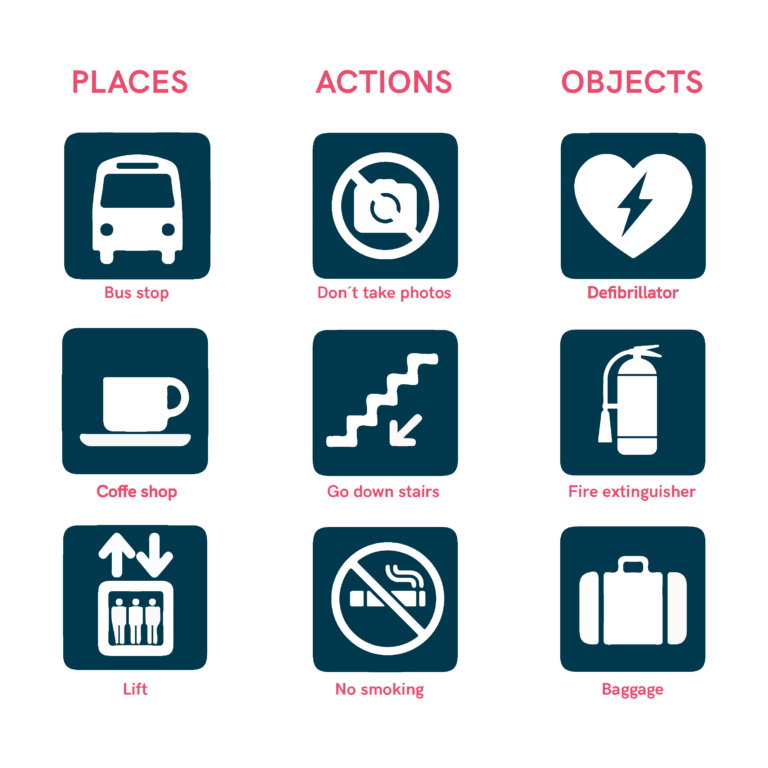
Recognizable Symbols
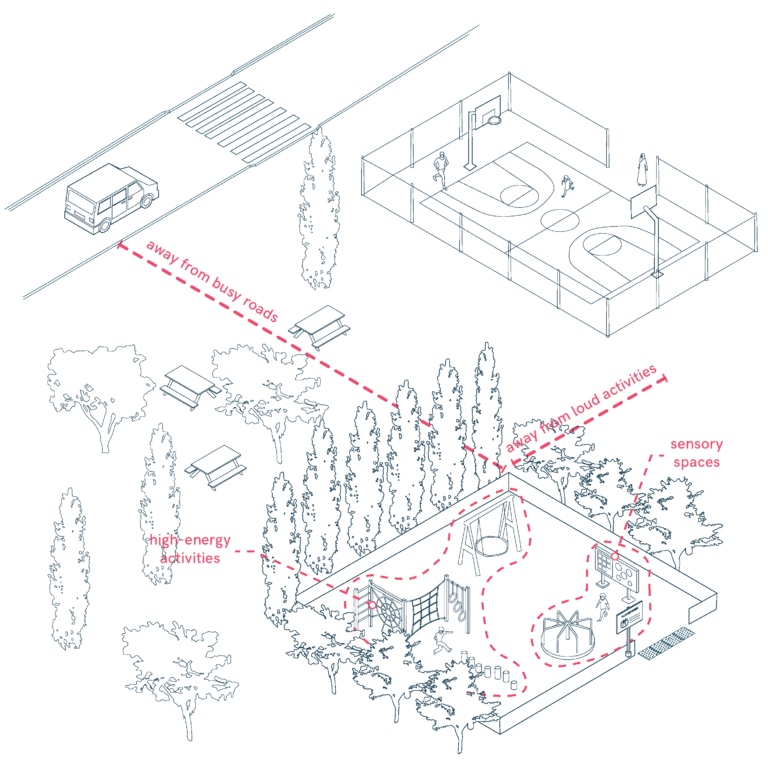
Reduce Stimuli in Overwhelming Environments
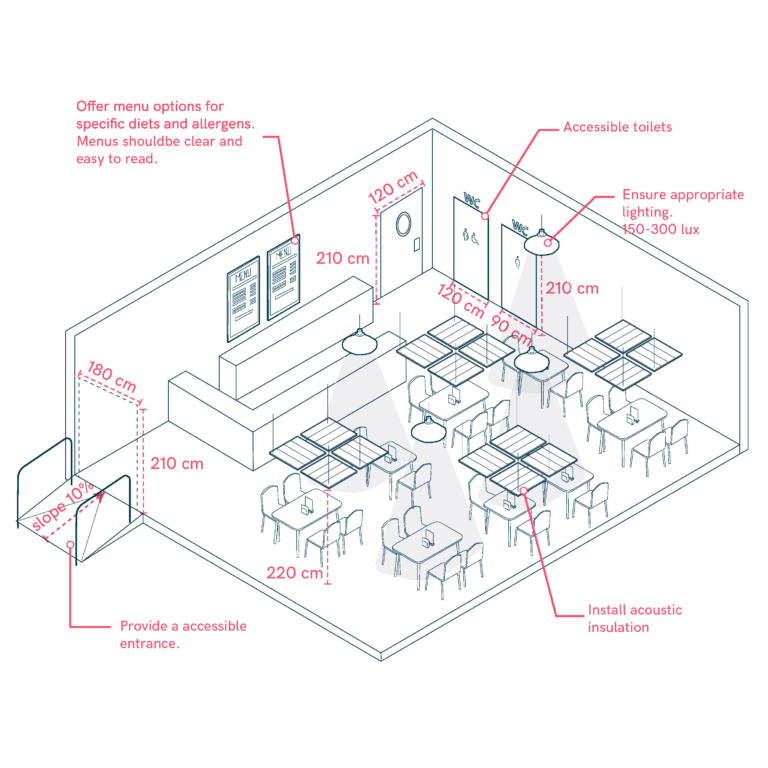
Restaurants, Cafés, and Bars
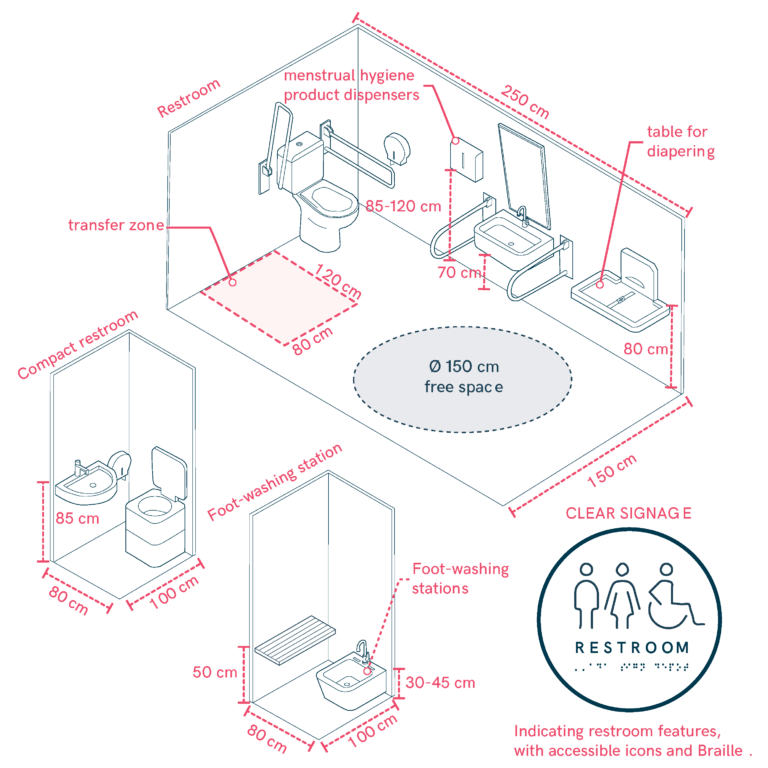
Restroom Design Based on Specific Needs

Restrooms in Offices
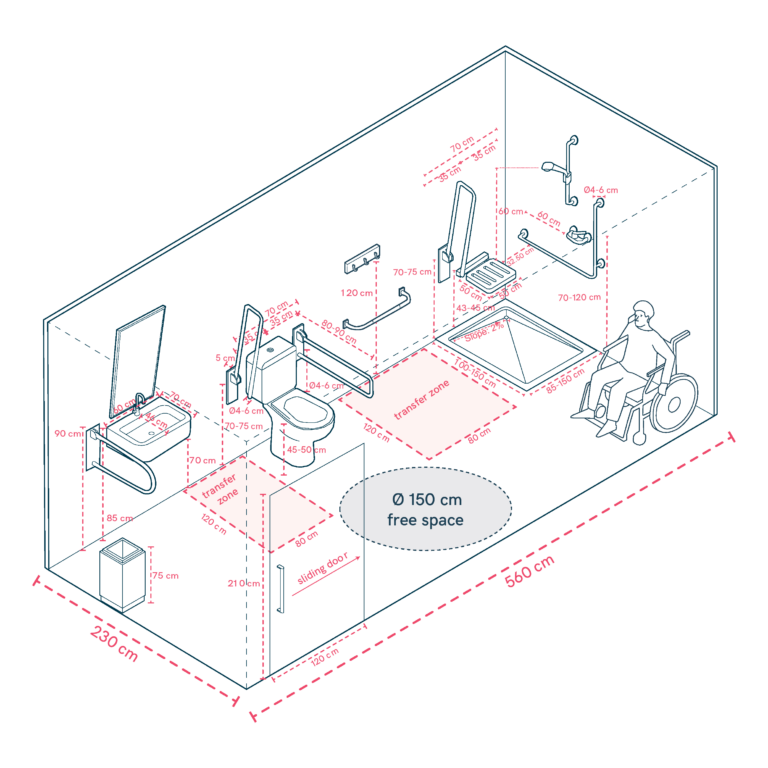
Safe and Functional Bathrooms
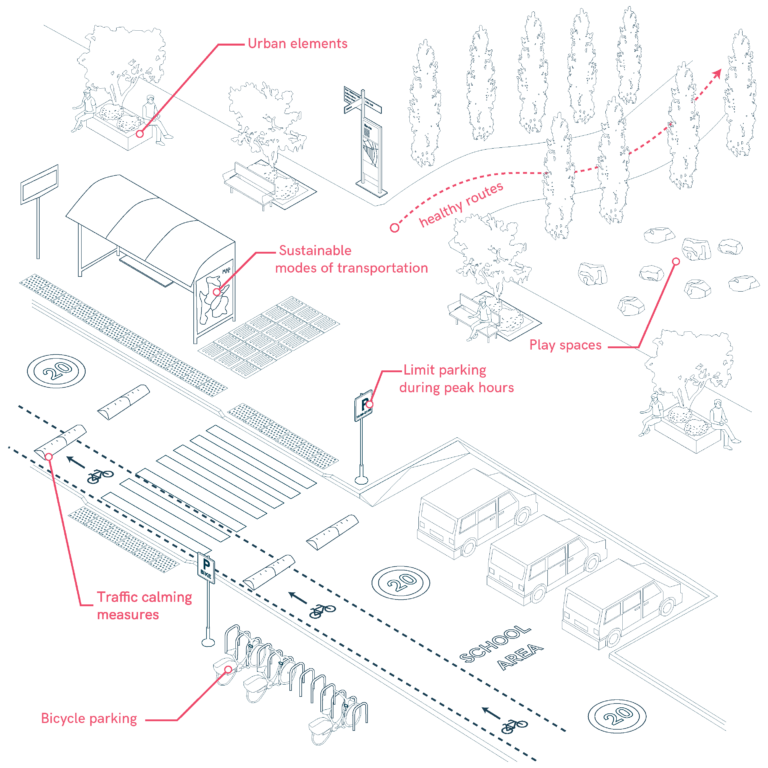
School Pathways
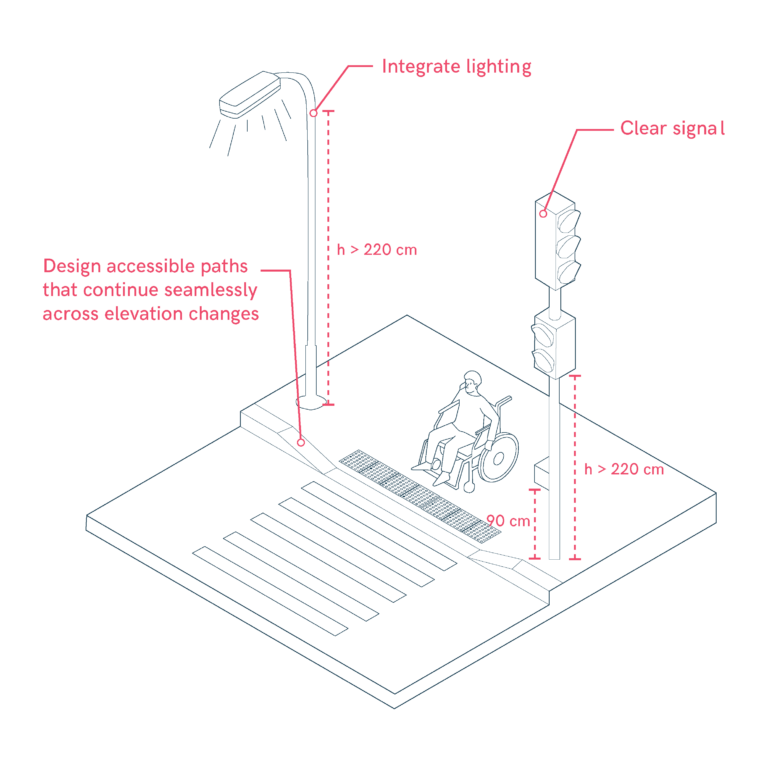
Seamless Continuity
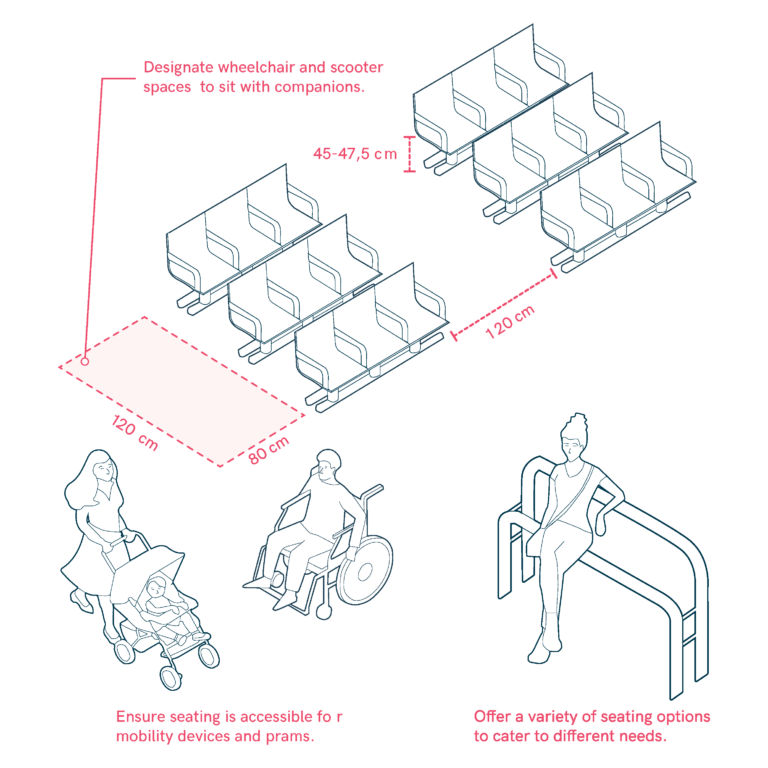
Seating Areas

Showers Designed for Accessibility and Comfort
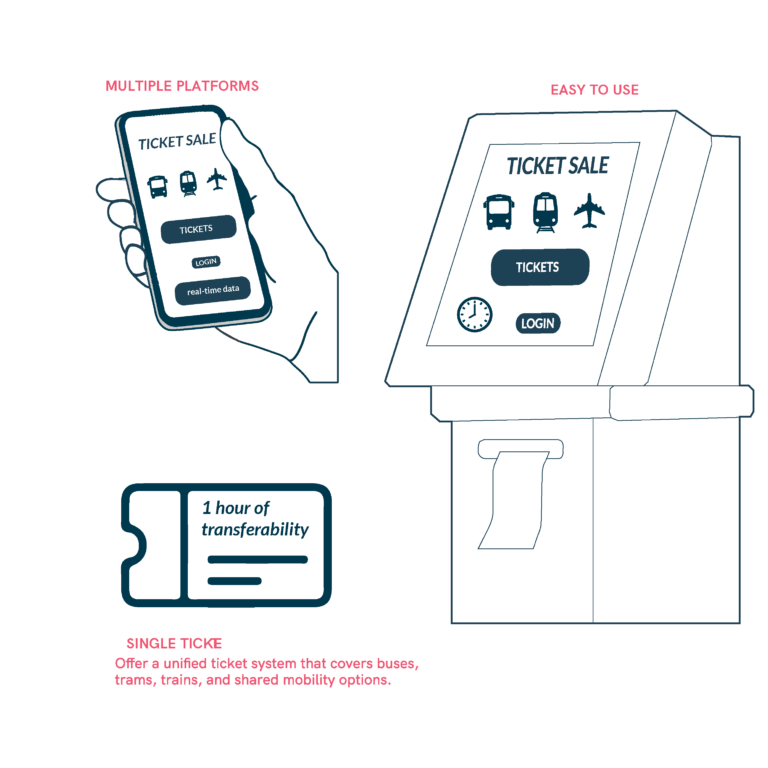
Single Ticket for Multimodal Public Transport
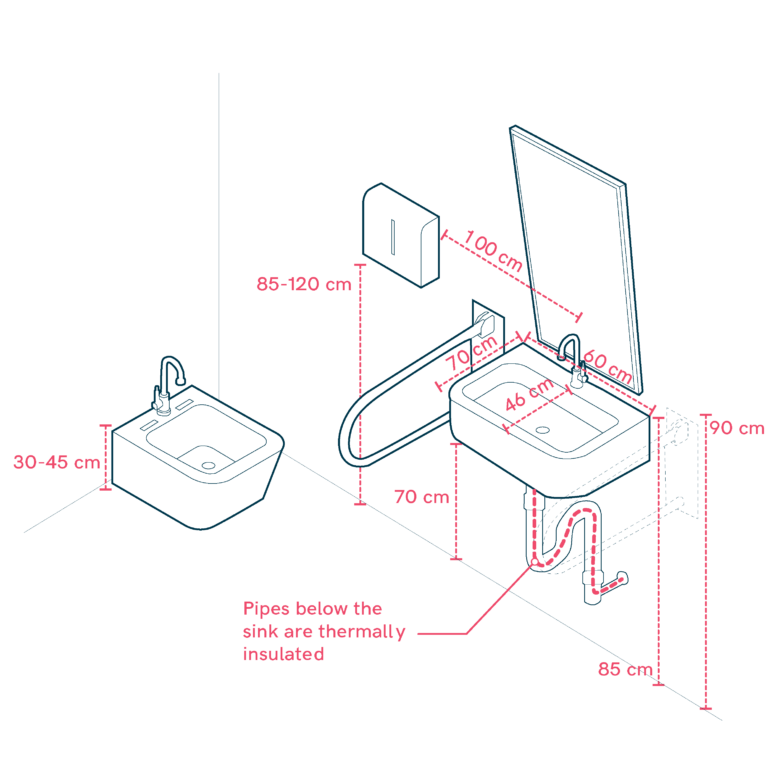
Sinks for Different User Needs

Social and Community Housing
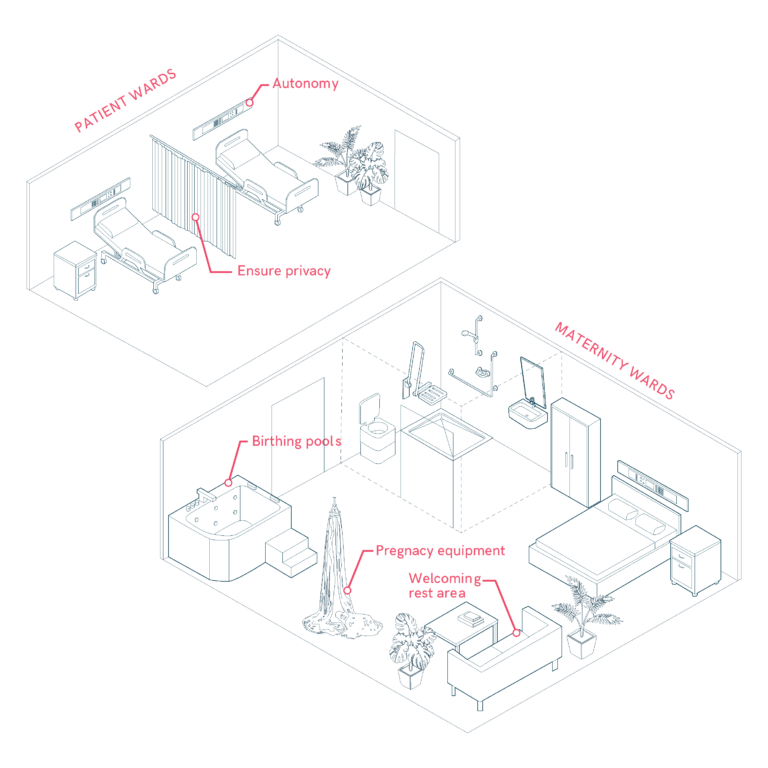
Specialist Areas and Medical Equipment

Sporting and Recreational Facilities
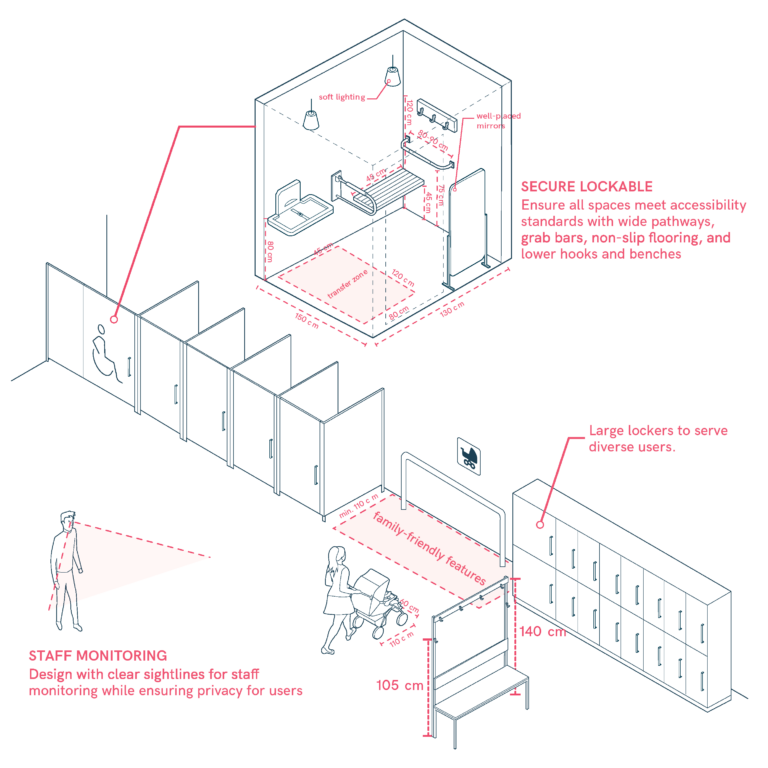
Sports Centre Changing Rooms
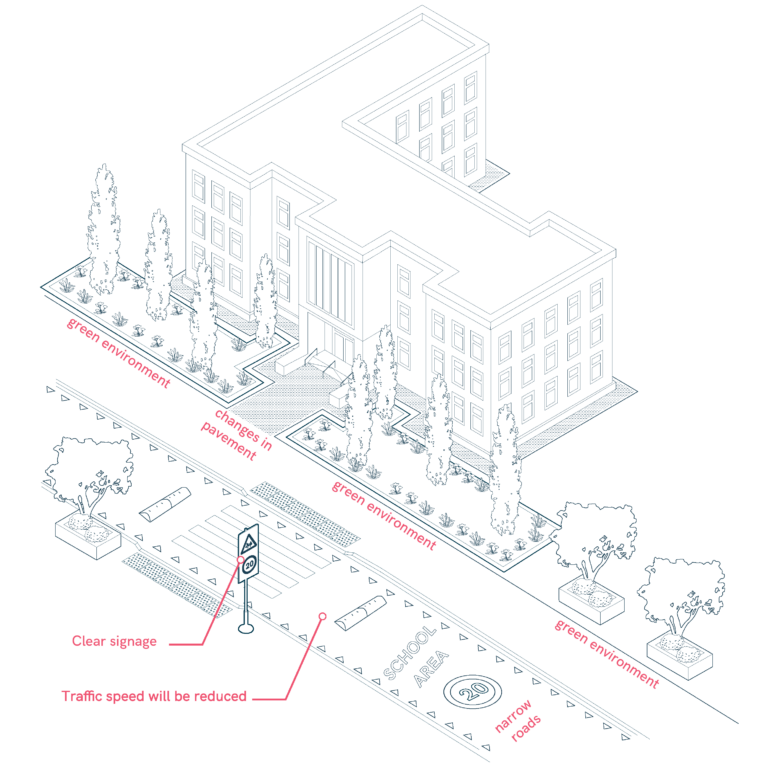
Sustainable and Resilient School Streets
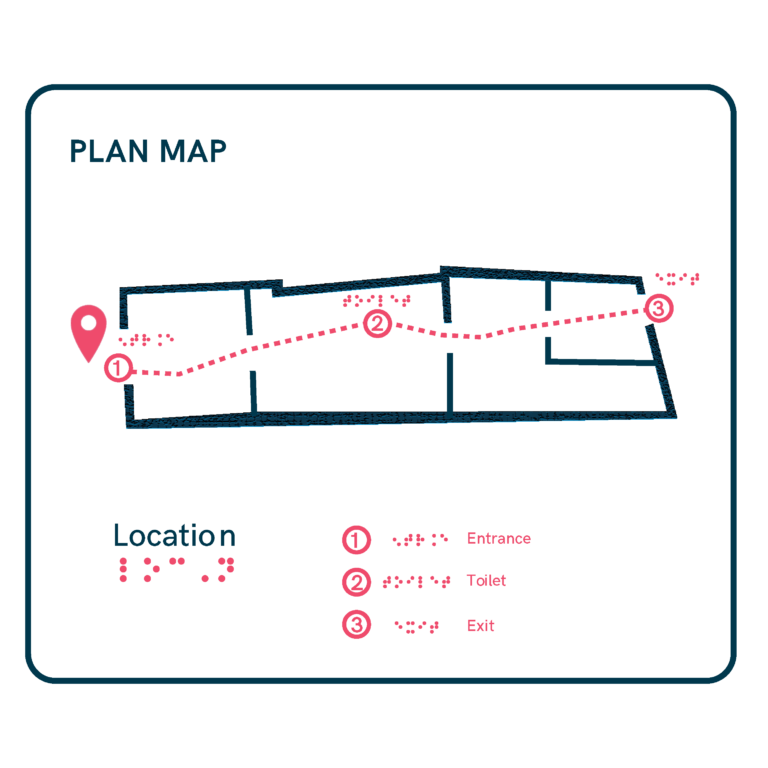
Tactile Design

Taxi Accessibility
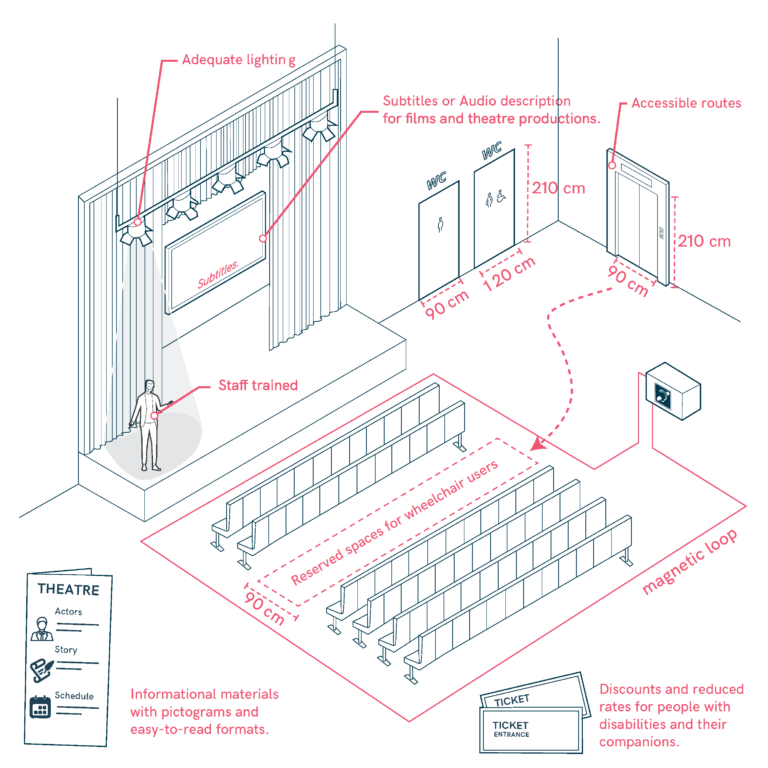
Theatre and Cinema
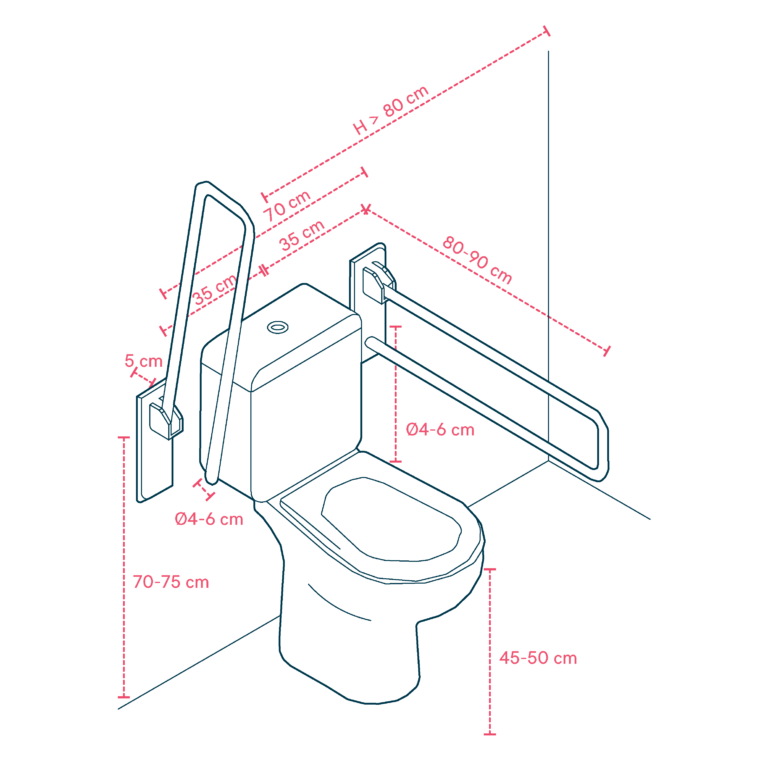
Toilets for Functional Accessibility
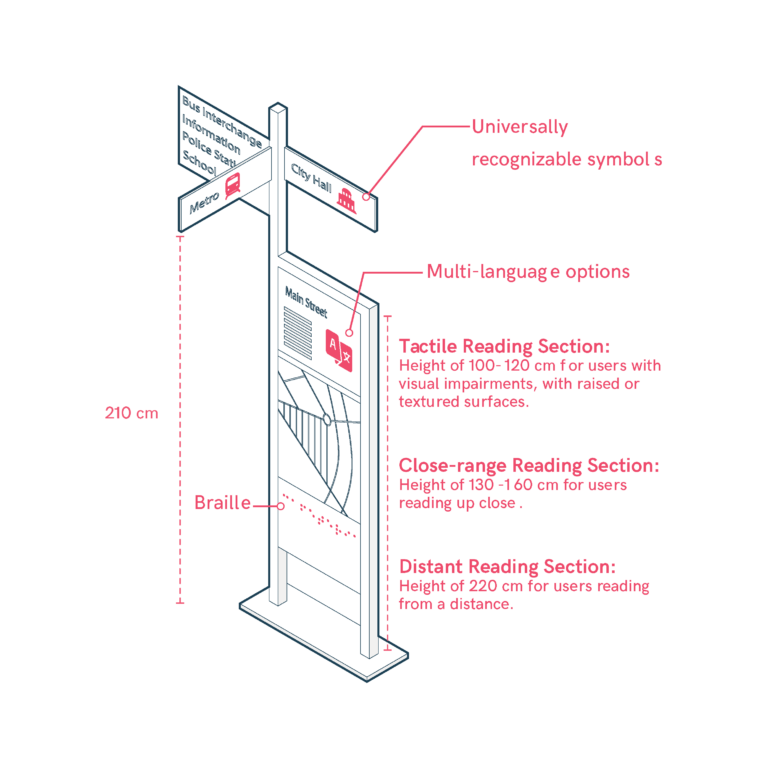
Totems in Wayfinding Systems
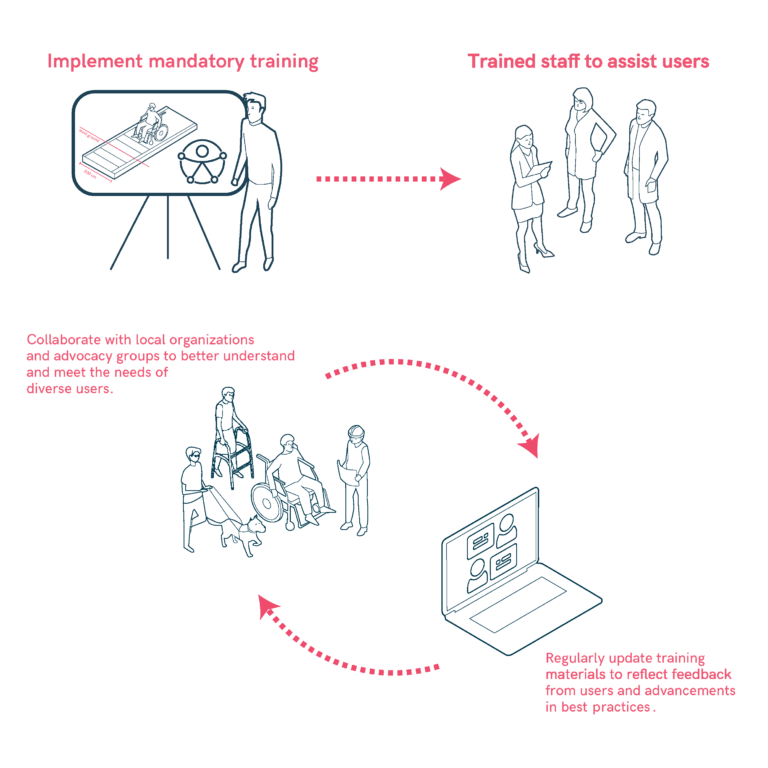
Training and Education

Transport Data Collection
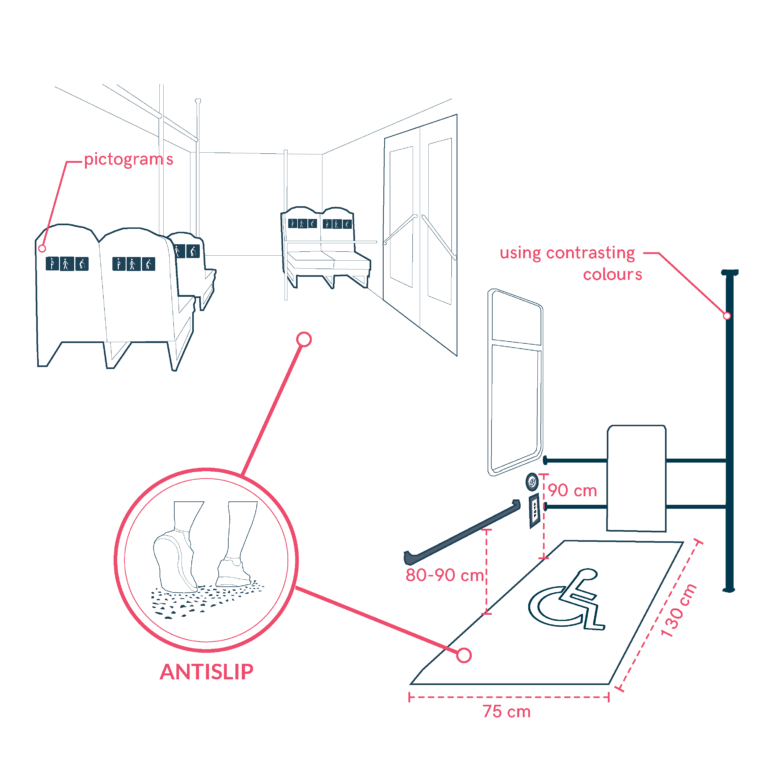
Travelling by Bus
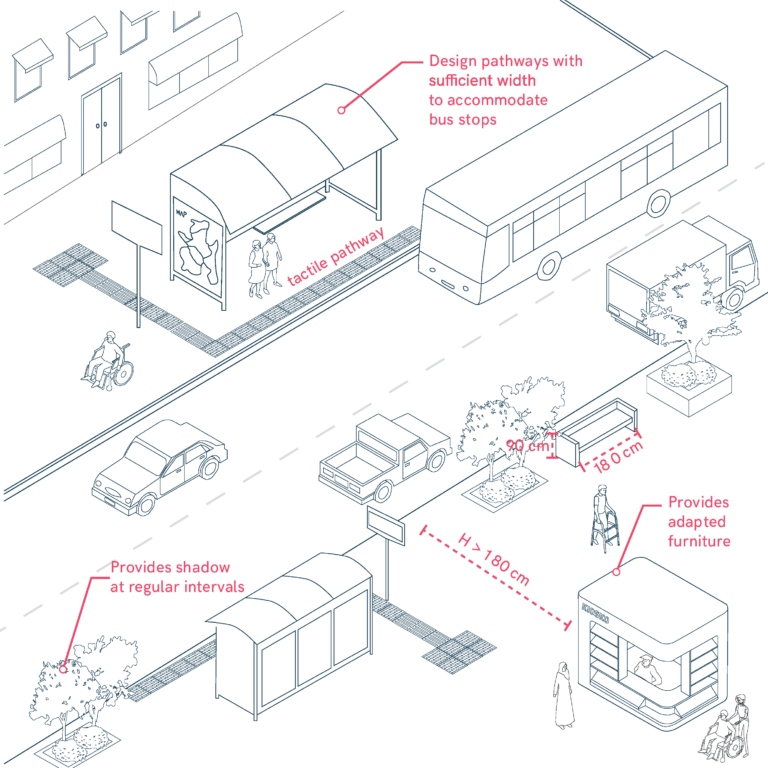
Urban Furniture and Amenities
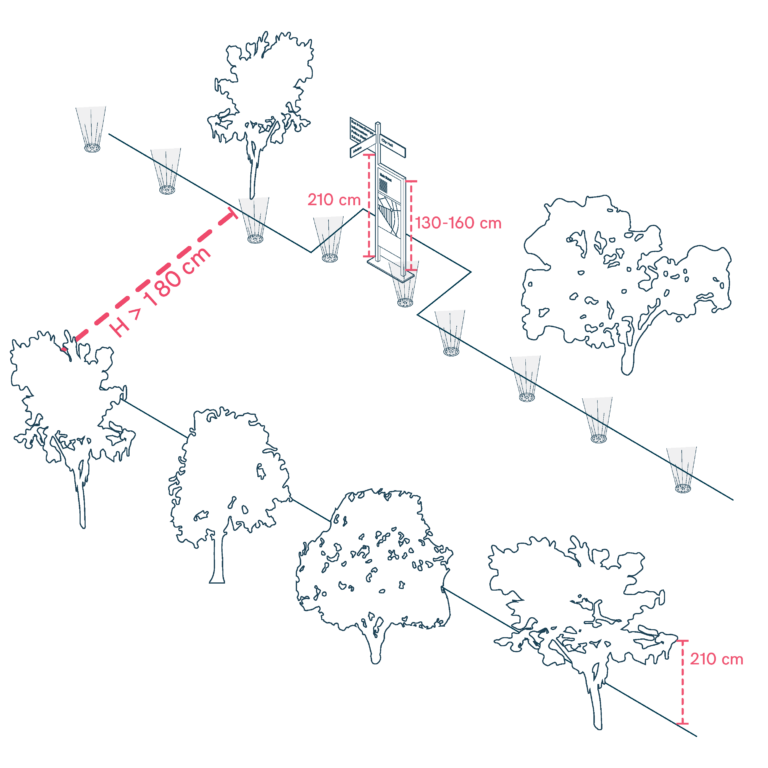
Vegetation and Landscape Design
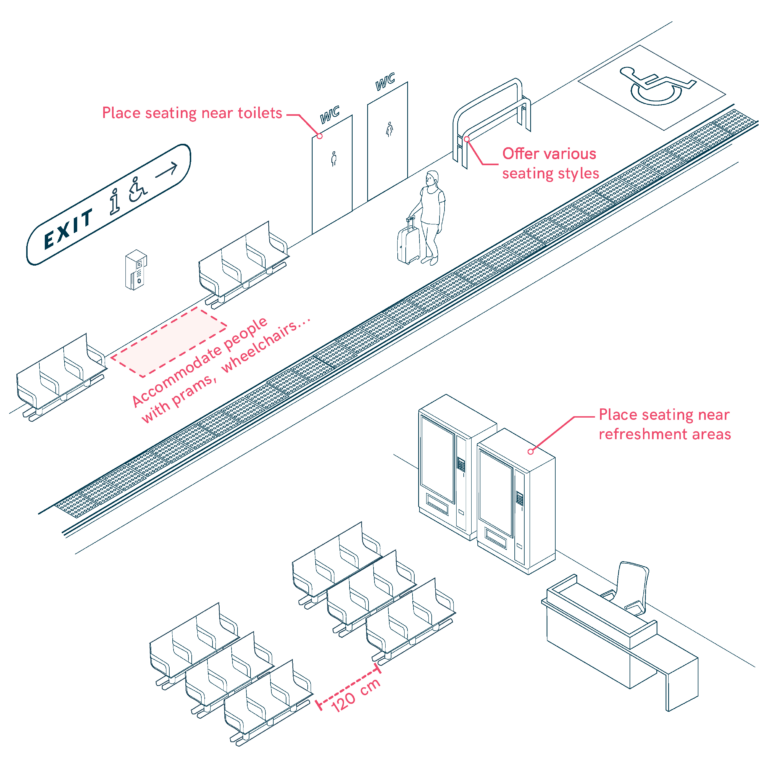
Waiting Areas
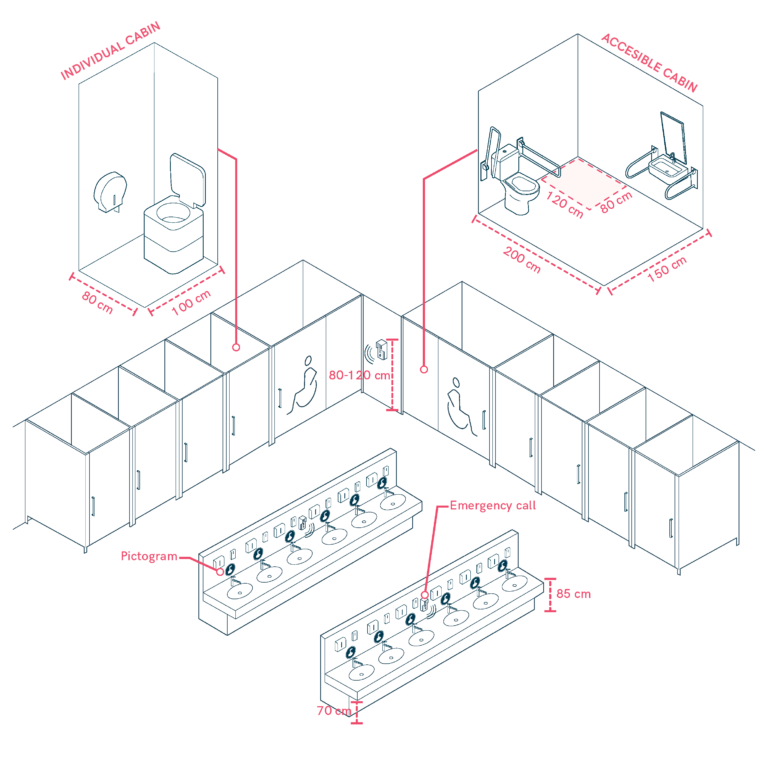
Washrooms for Sports Centers
